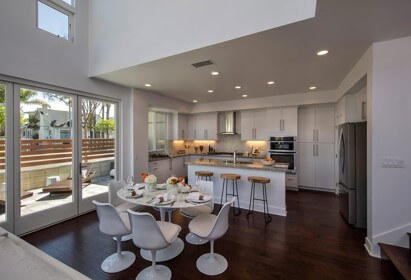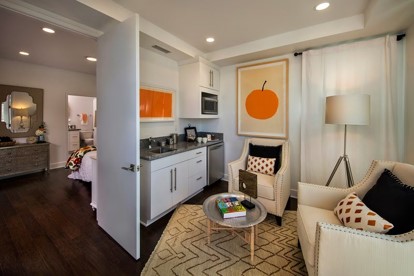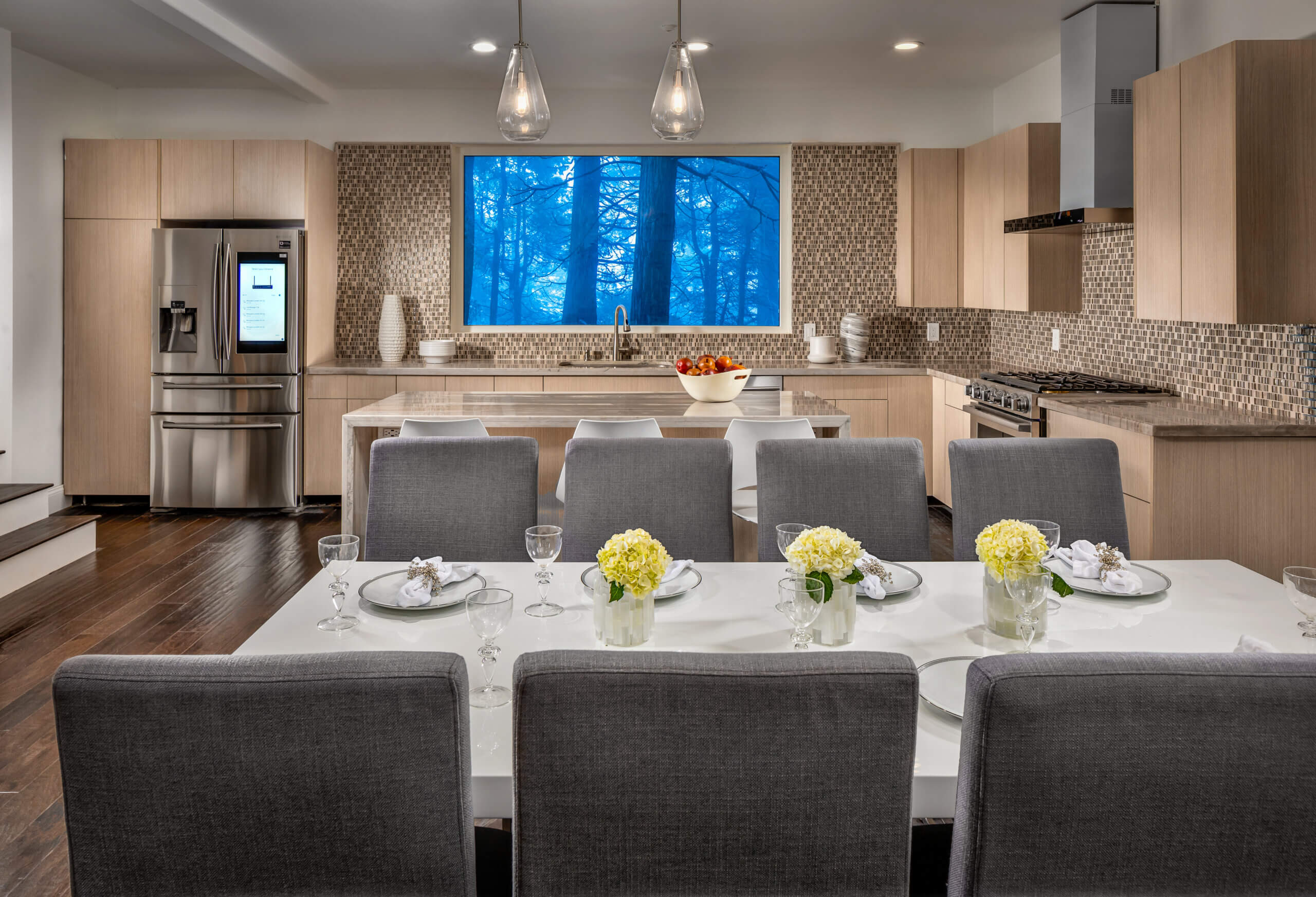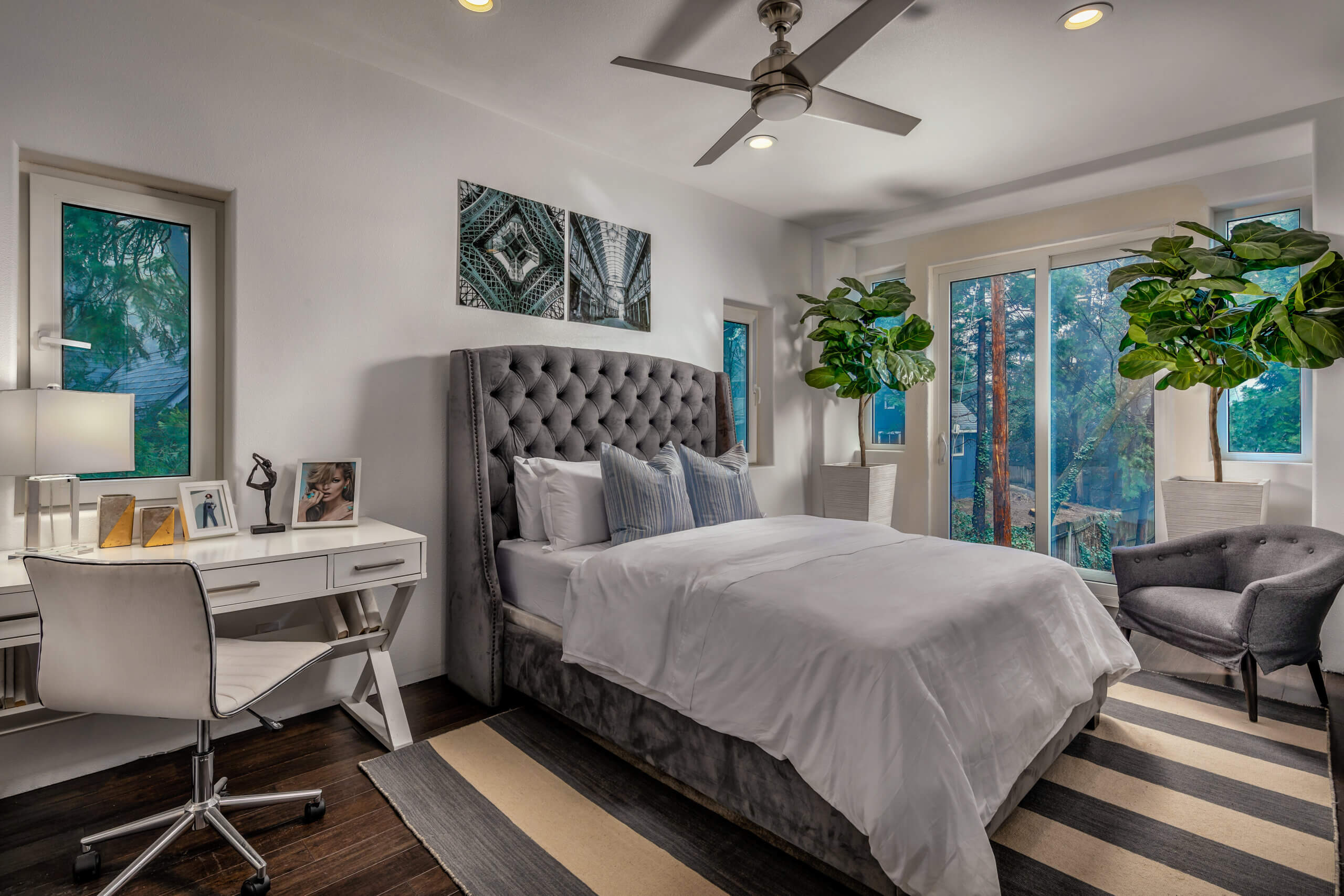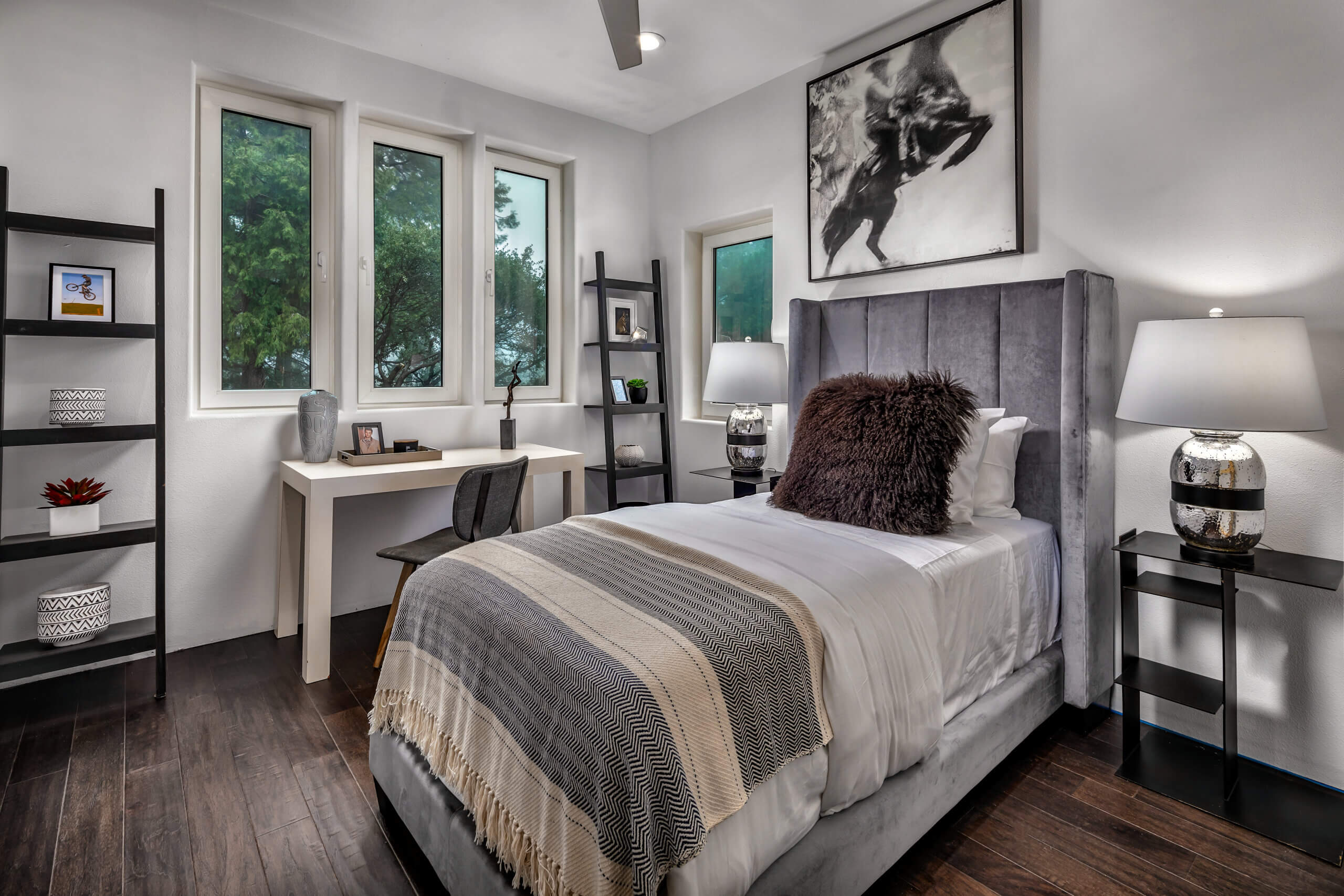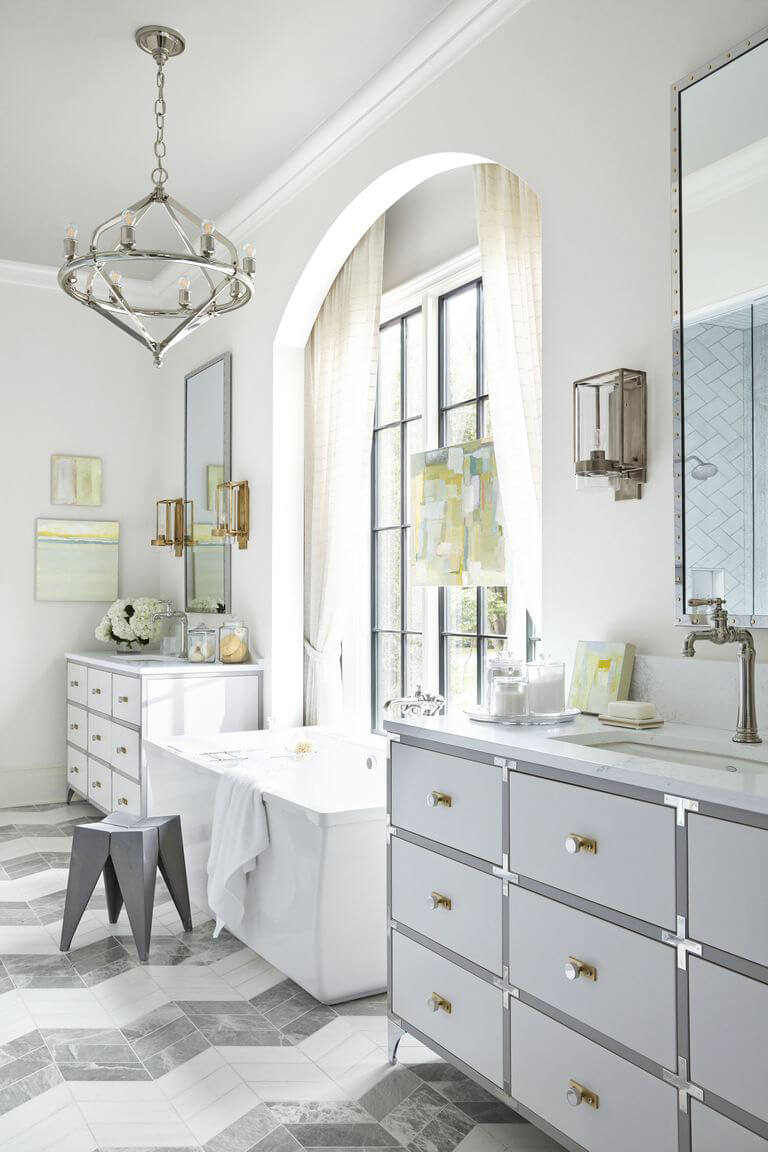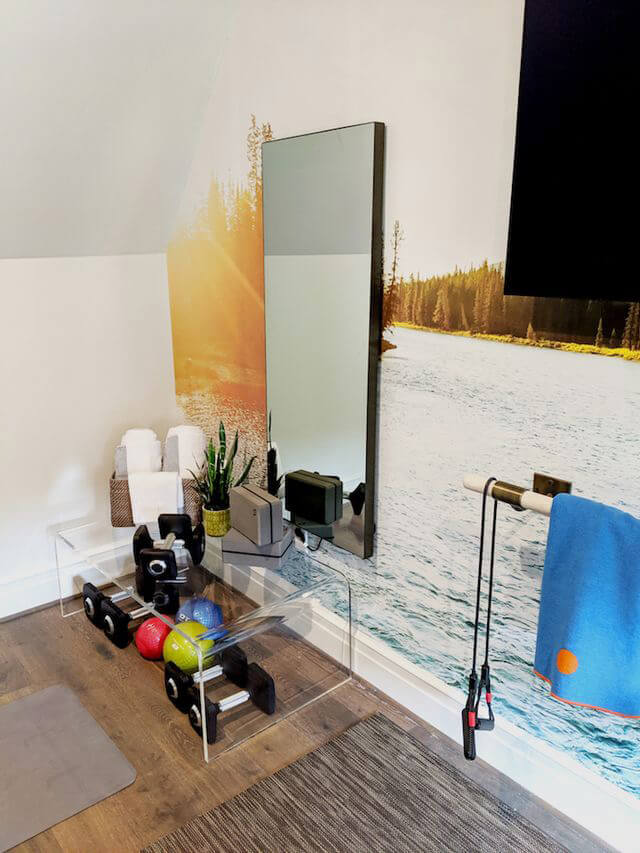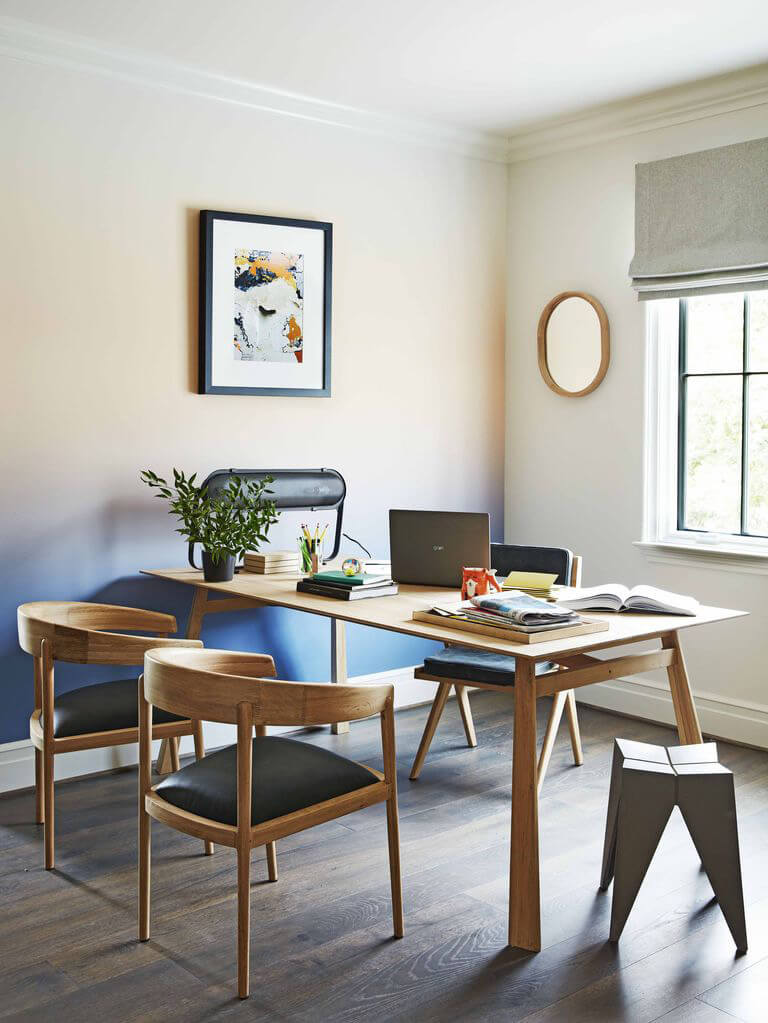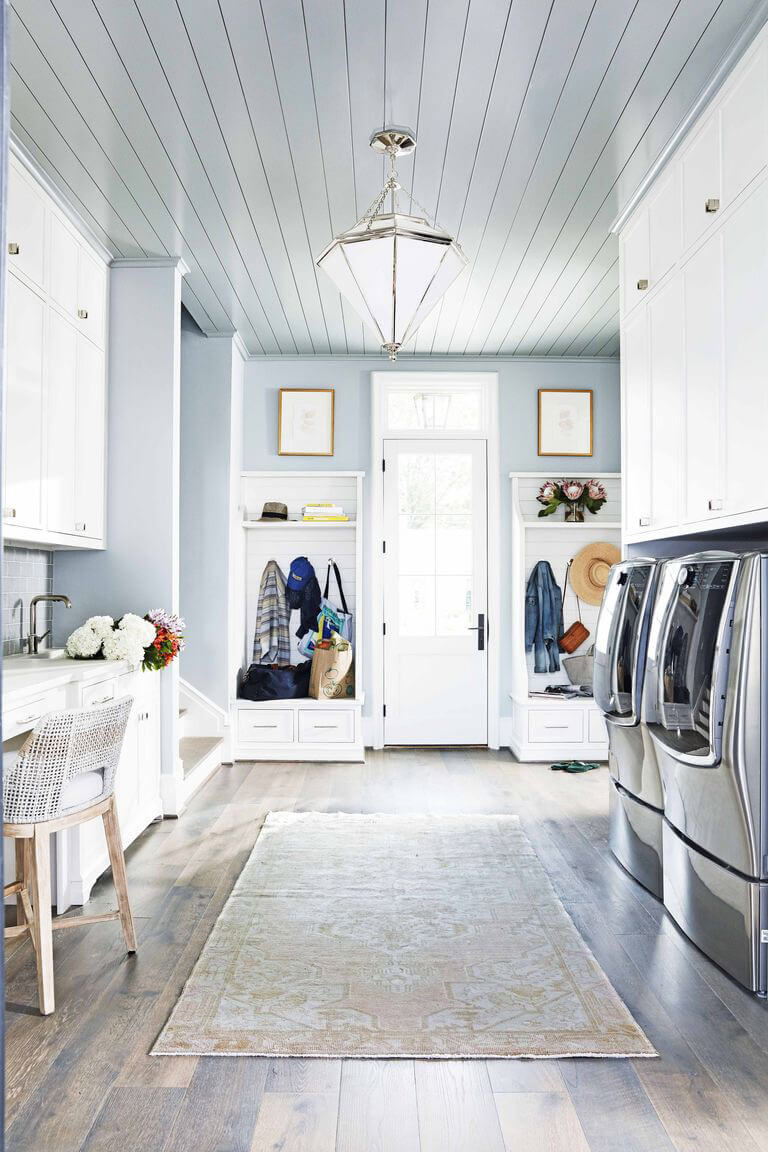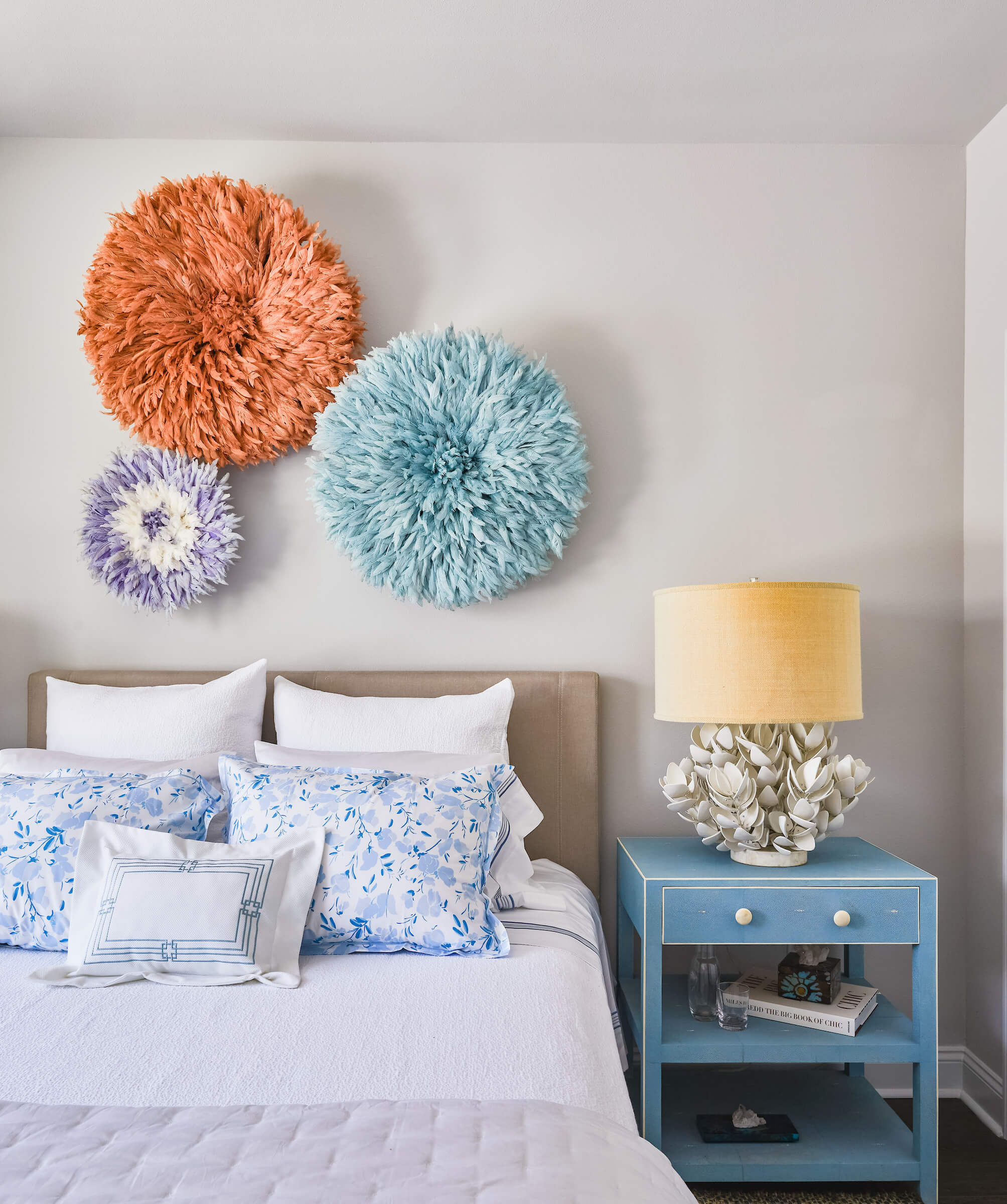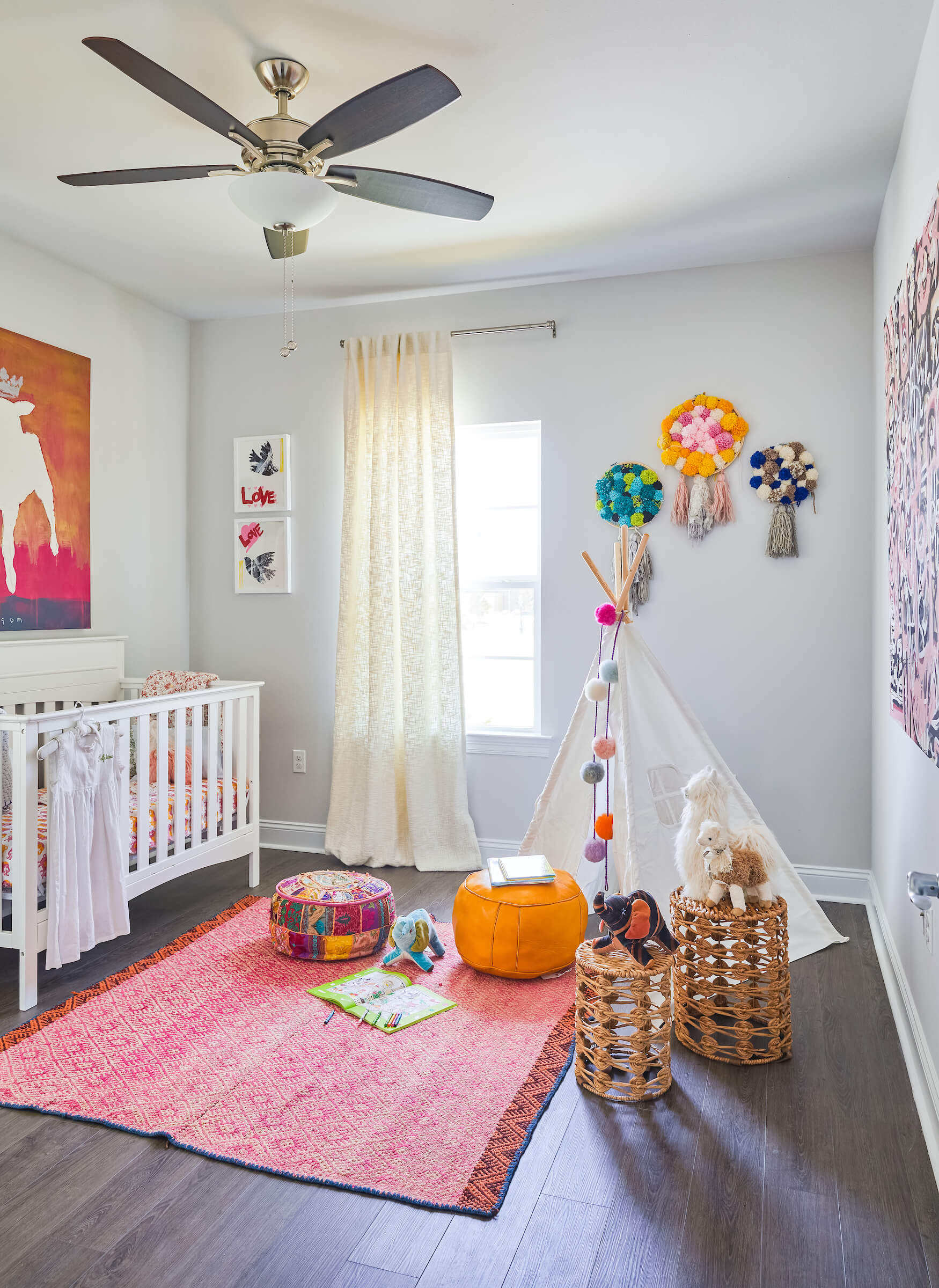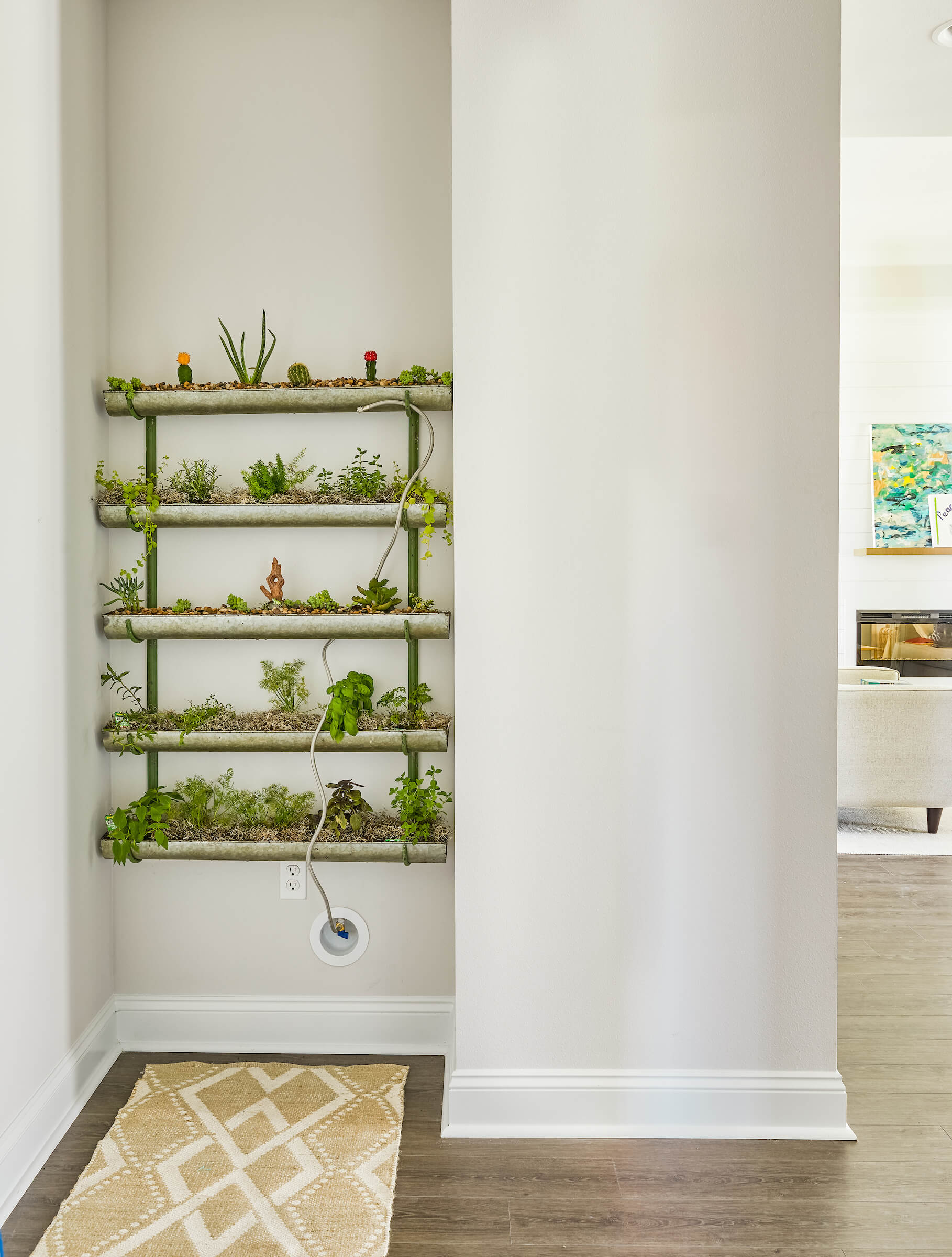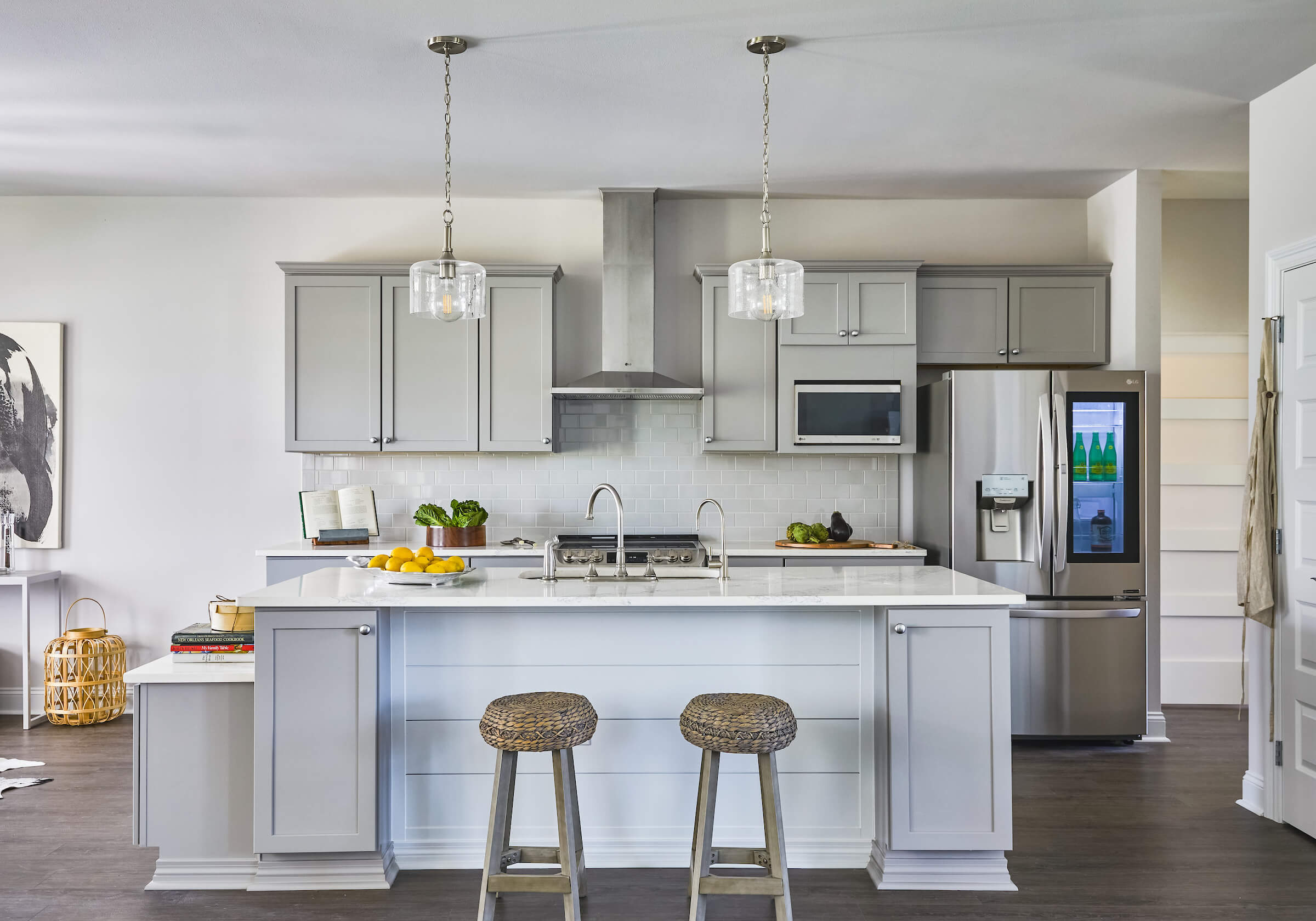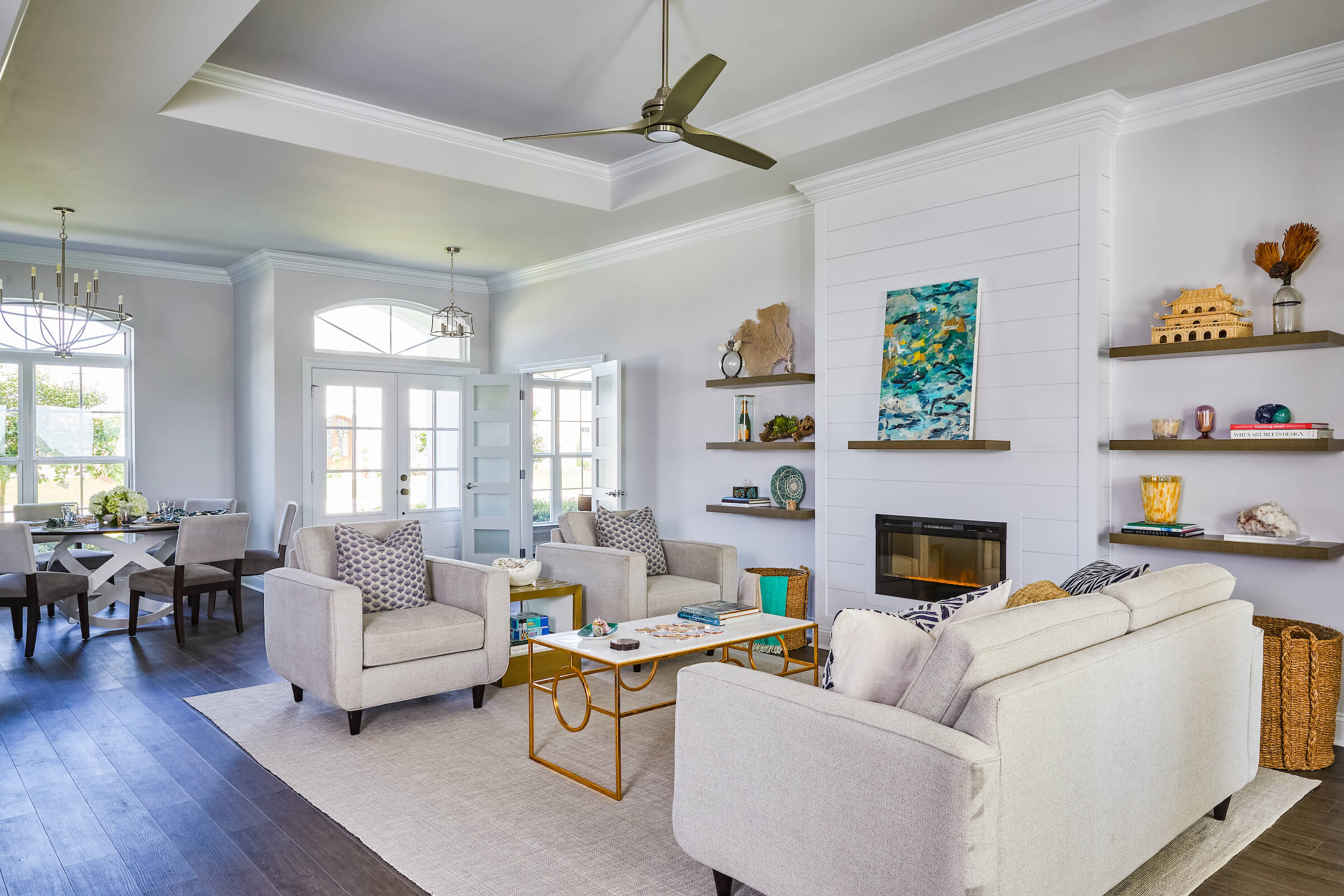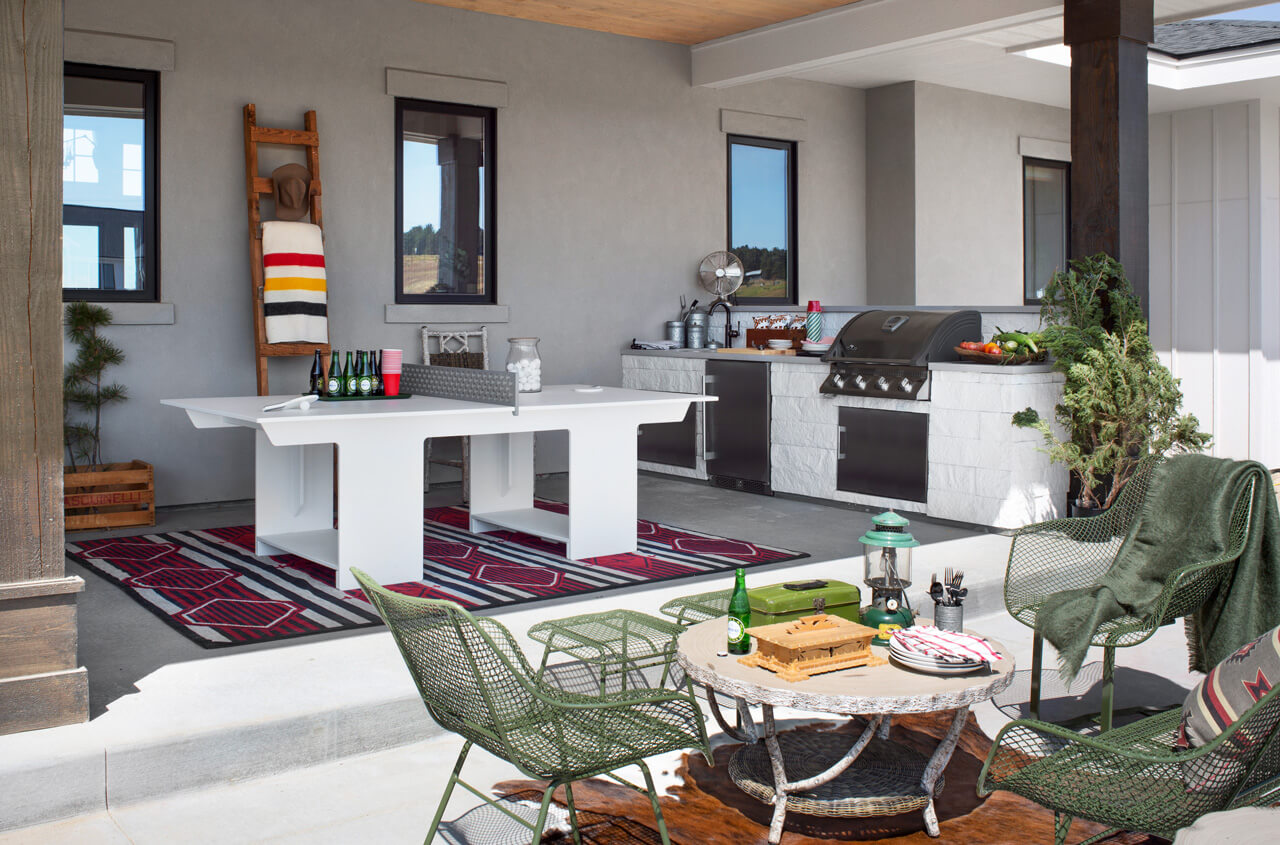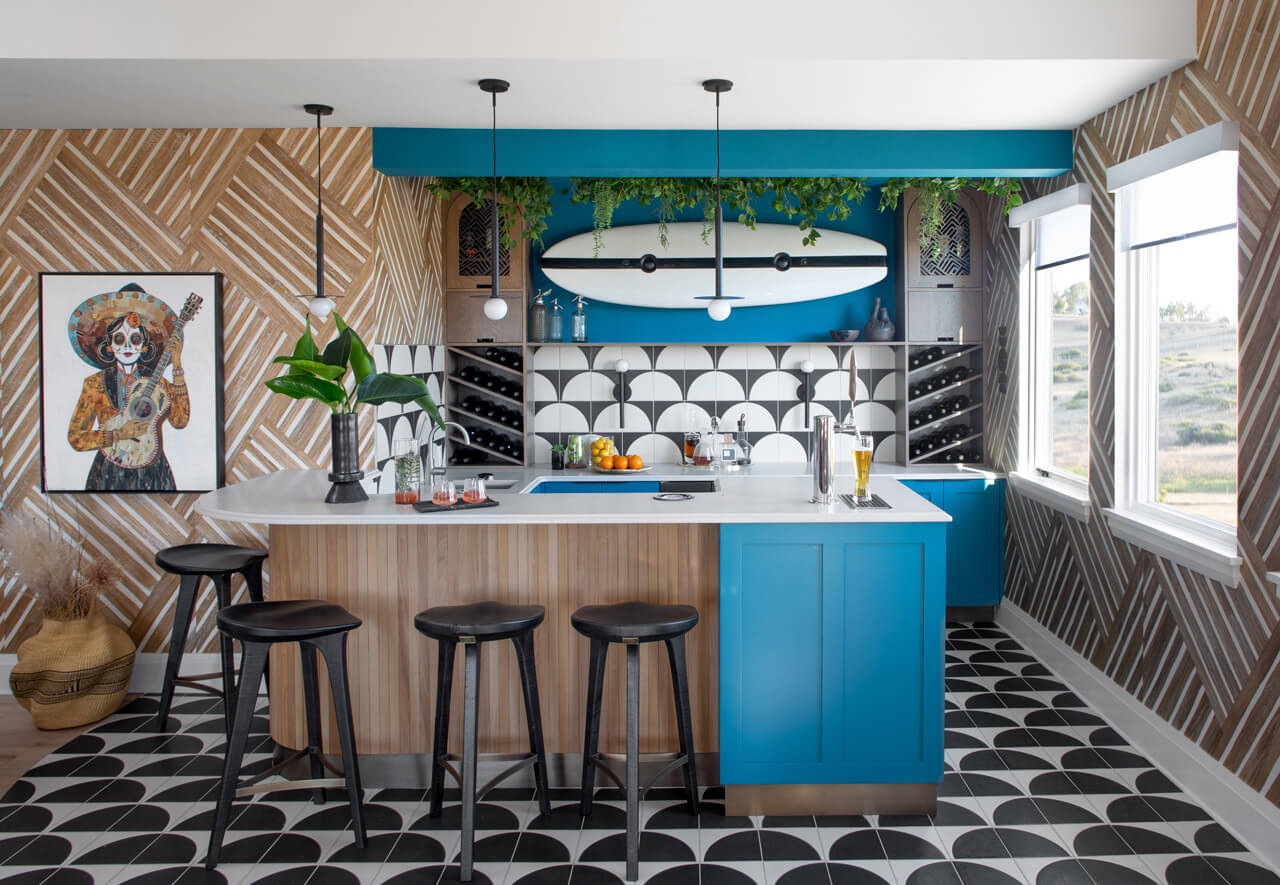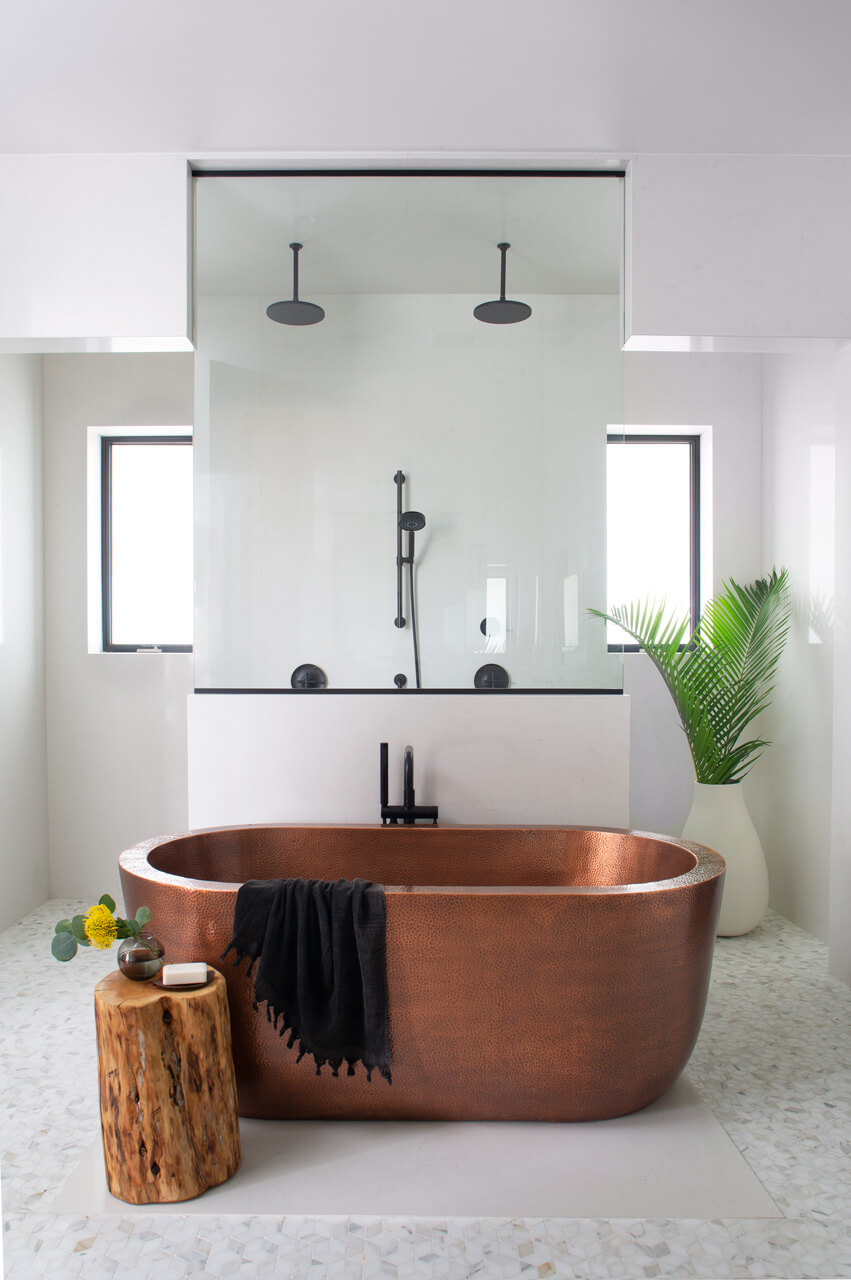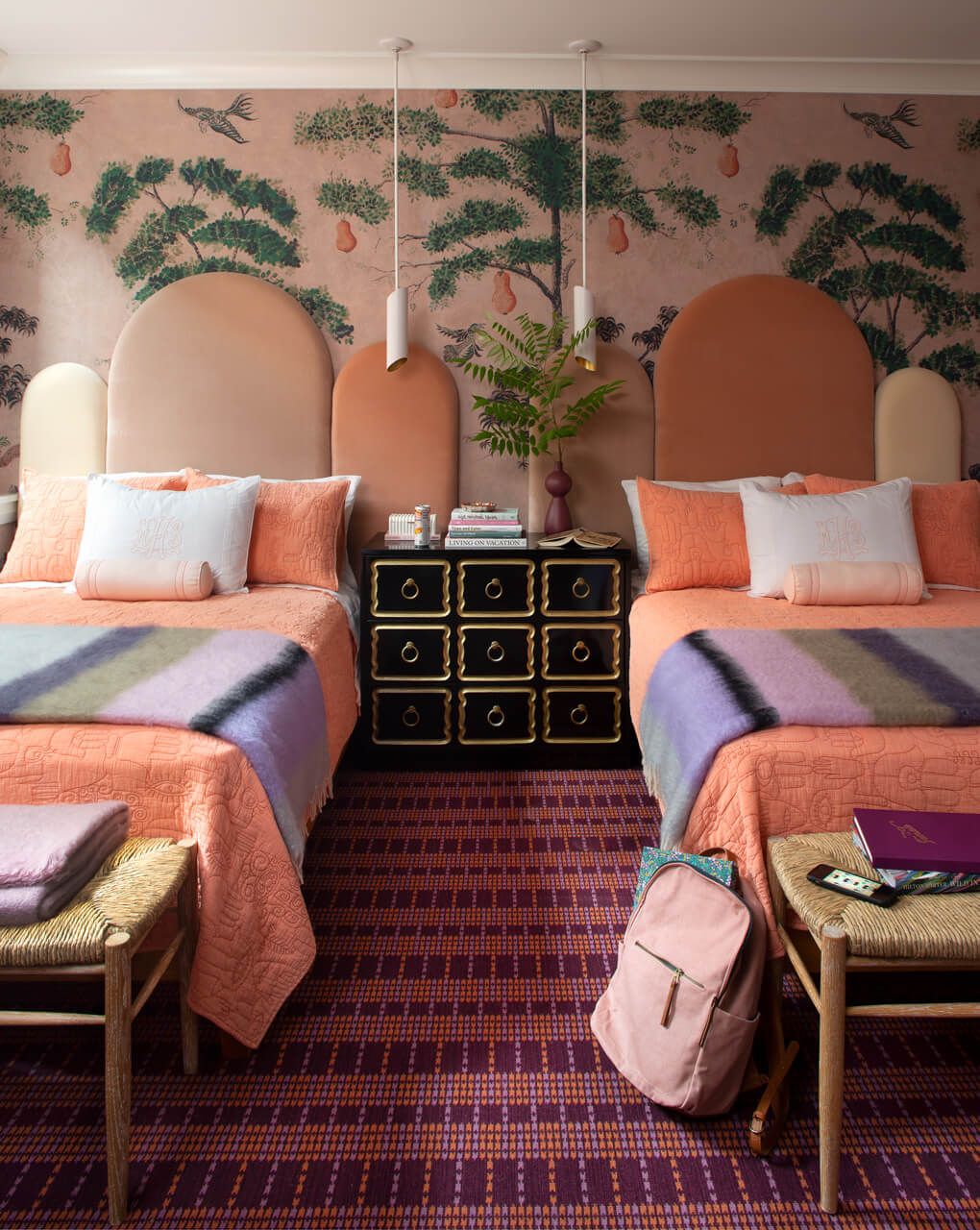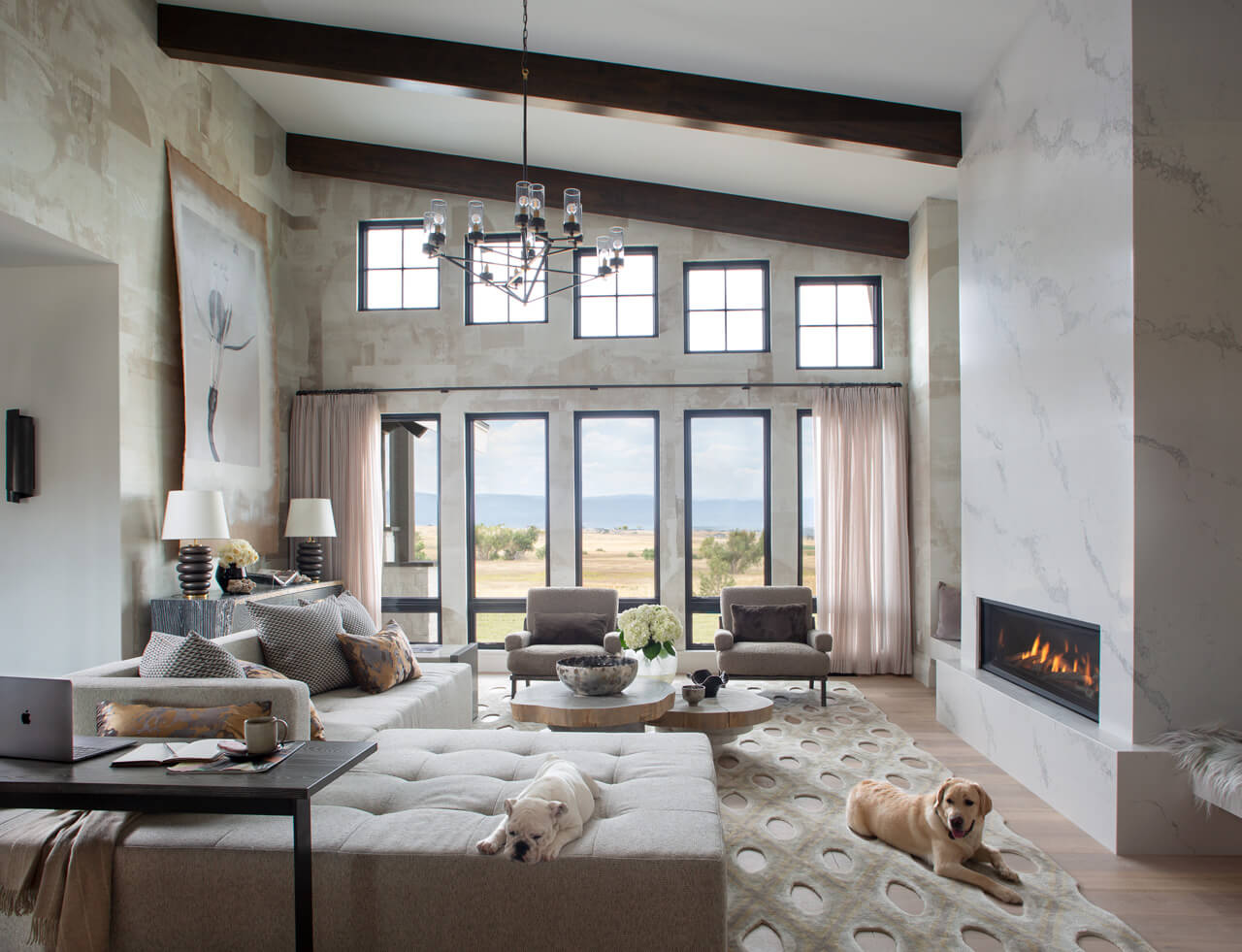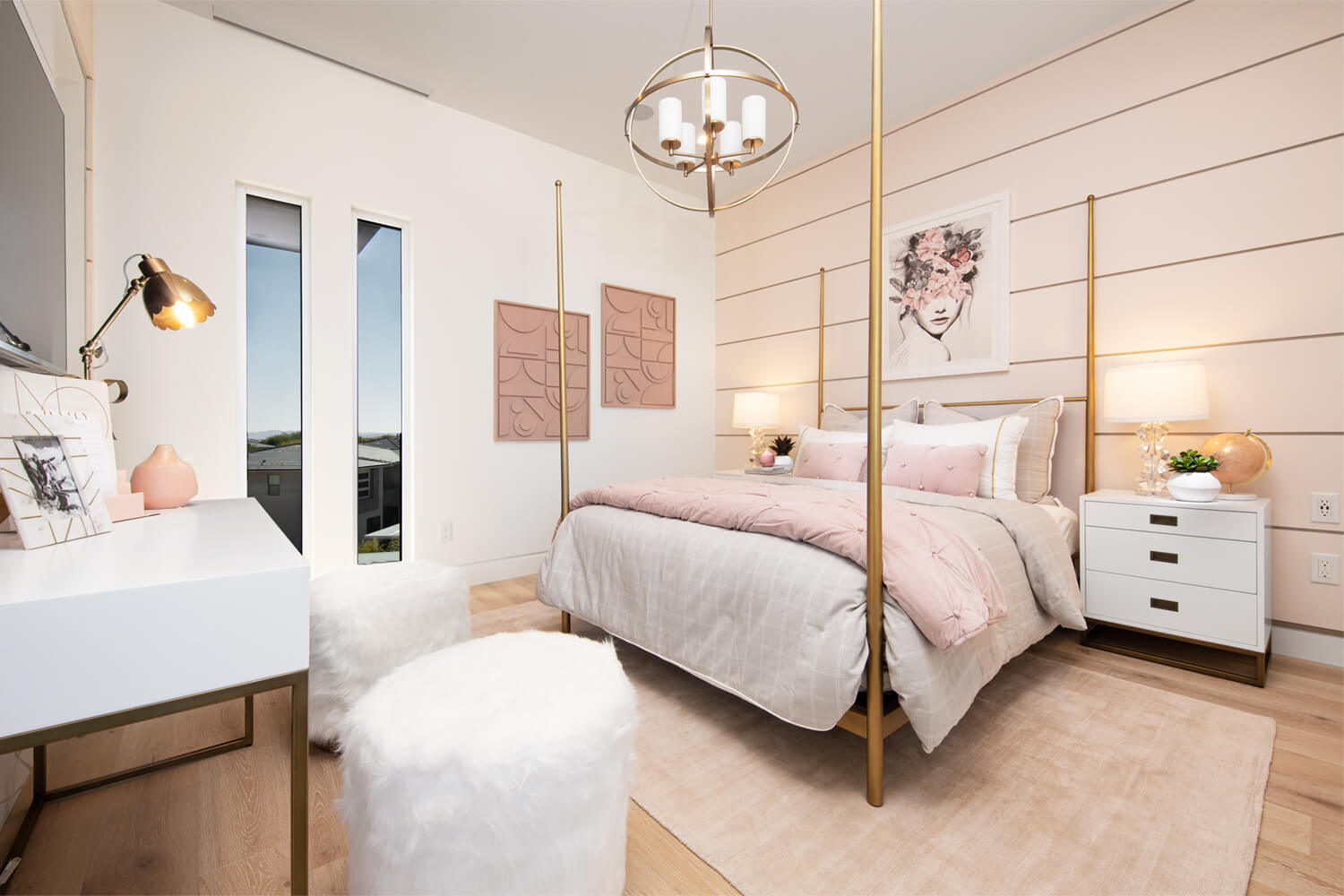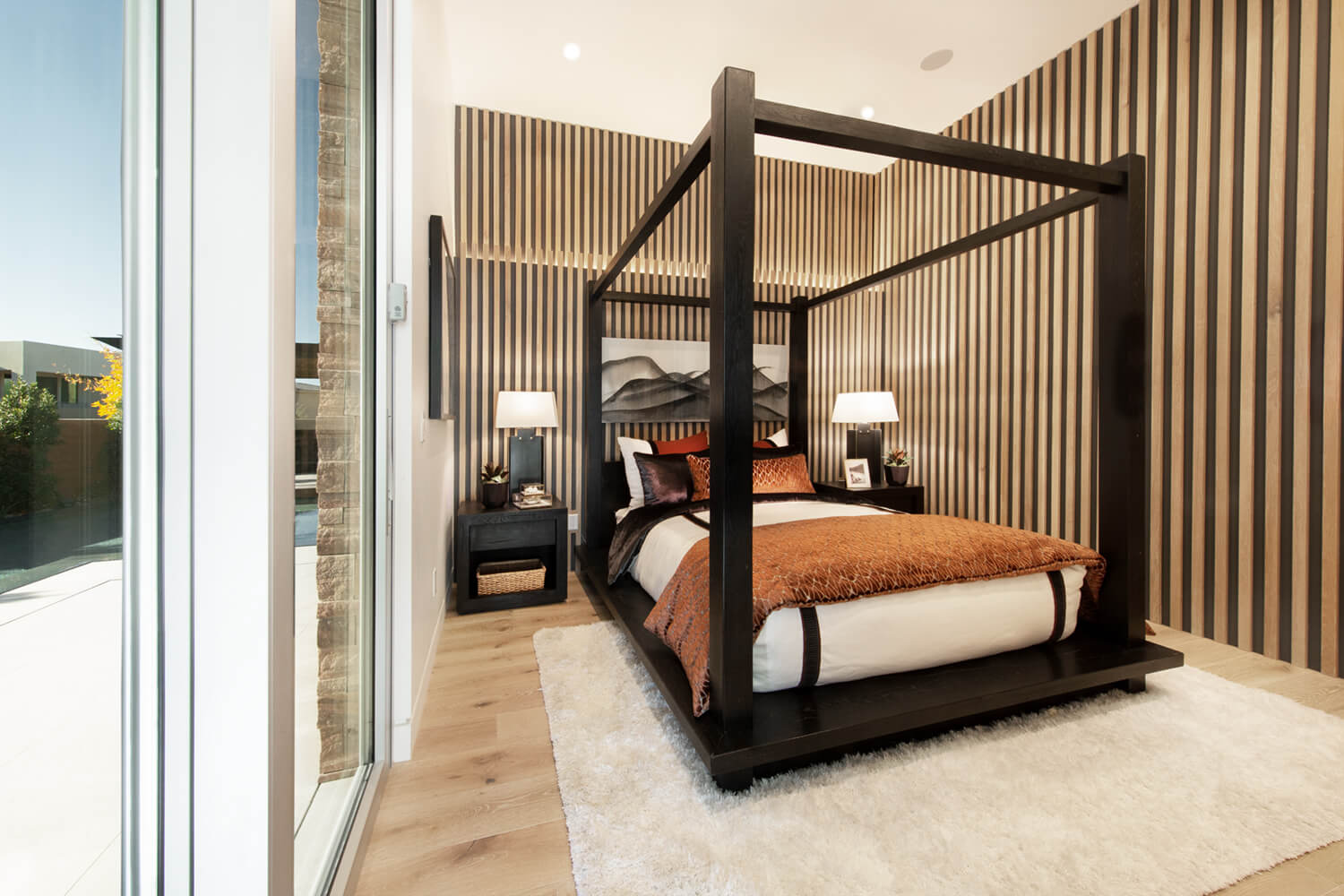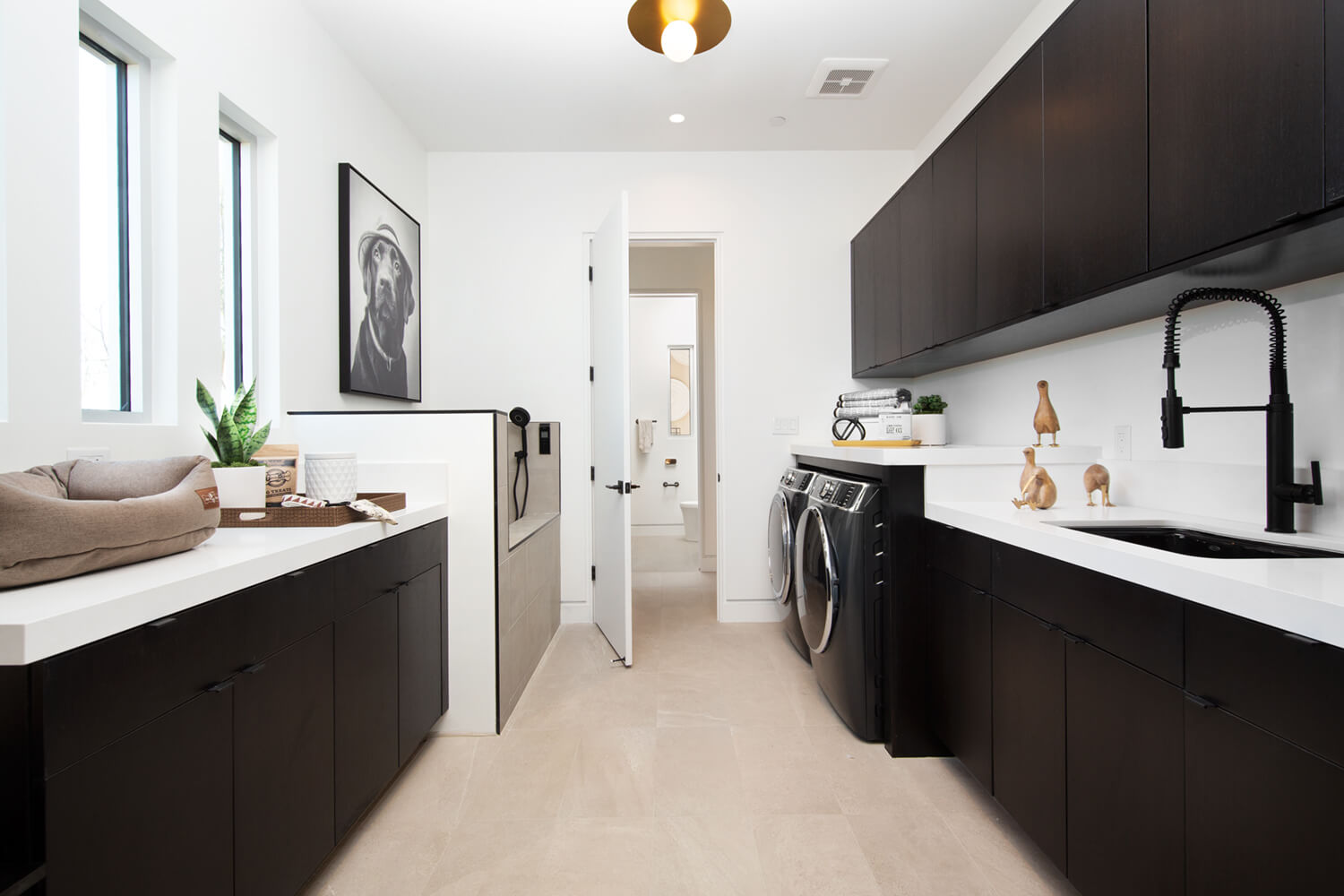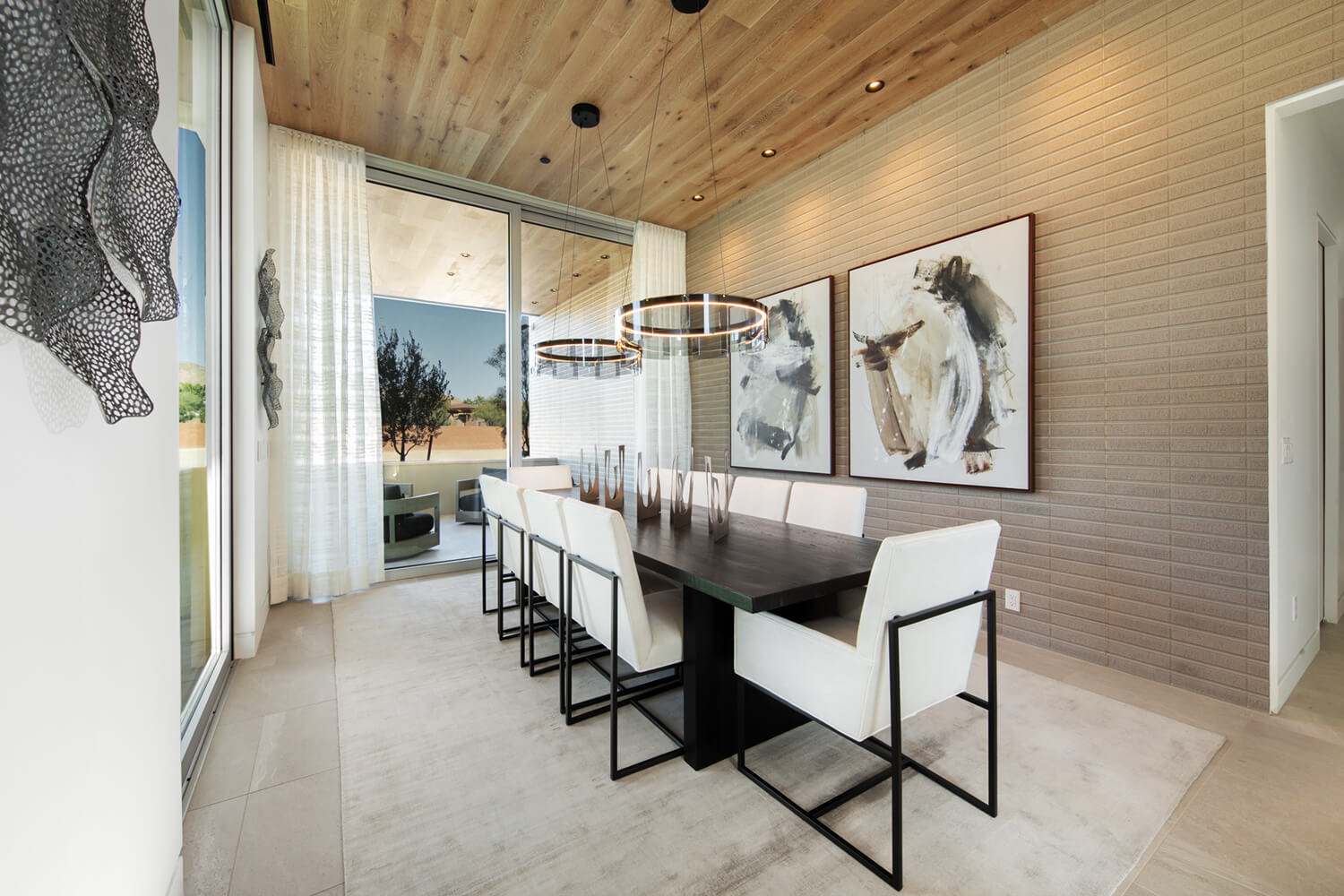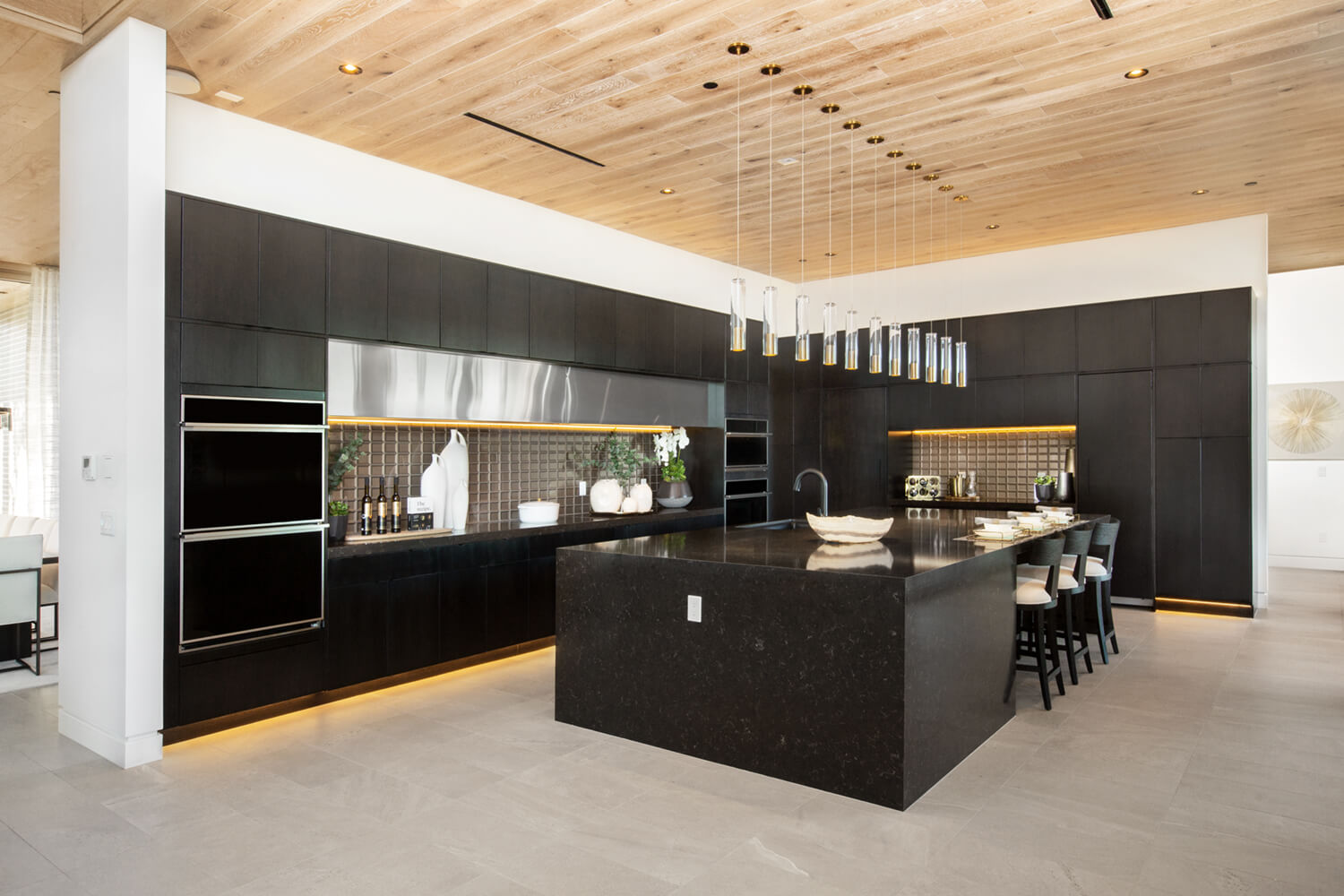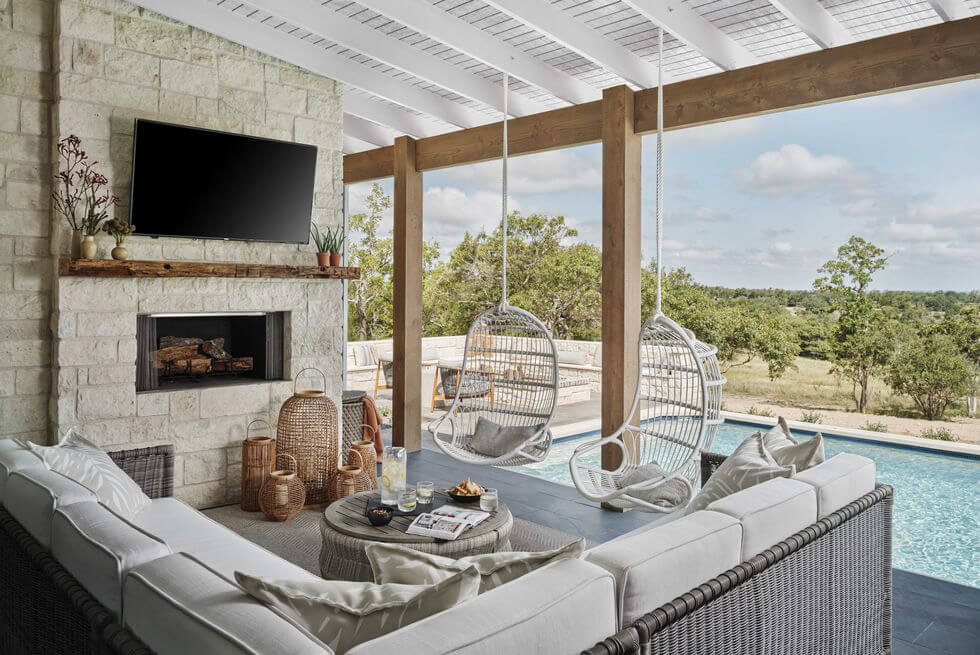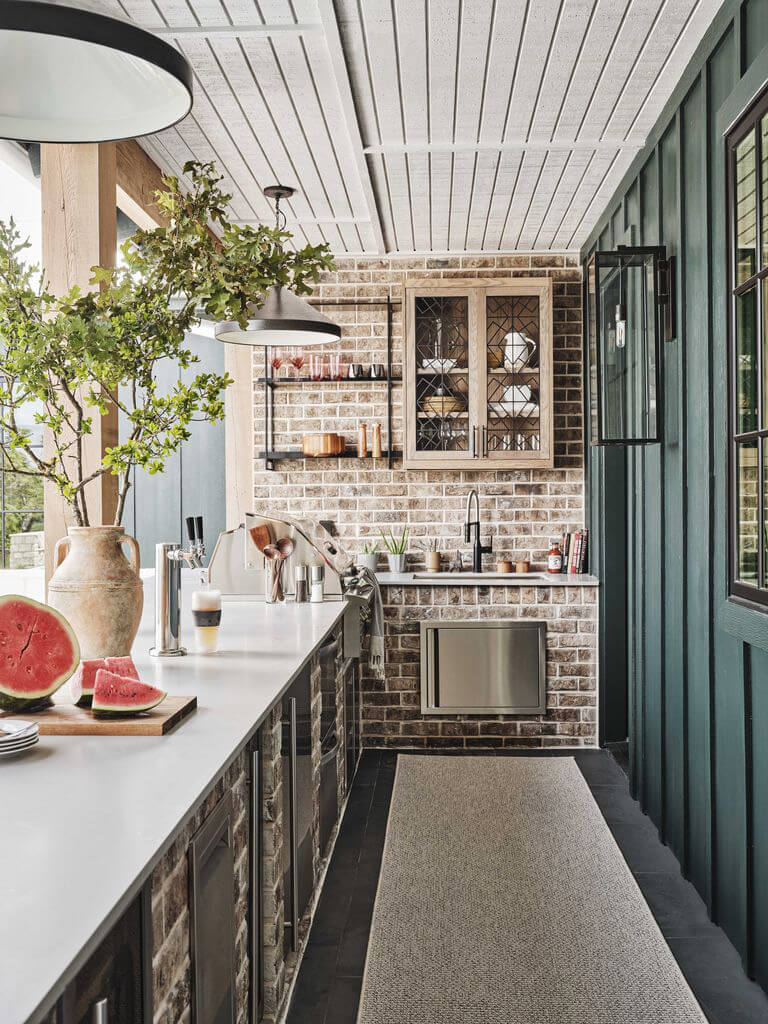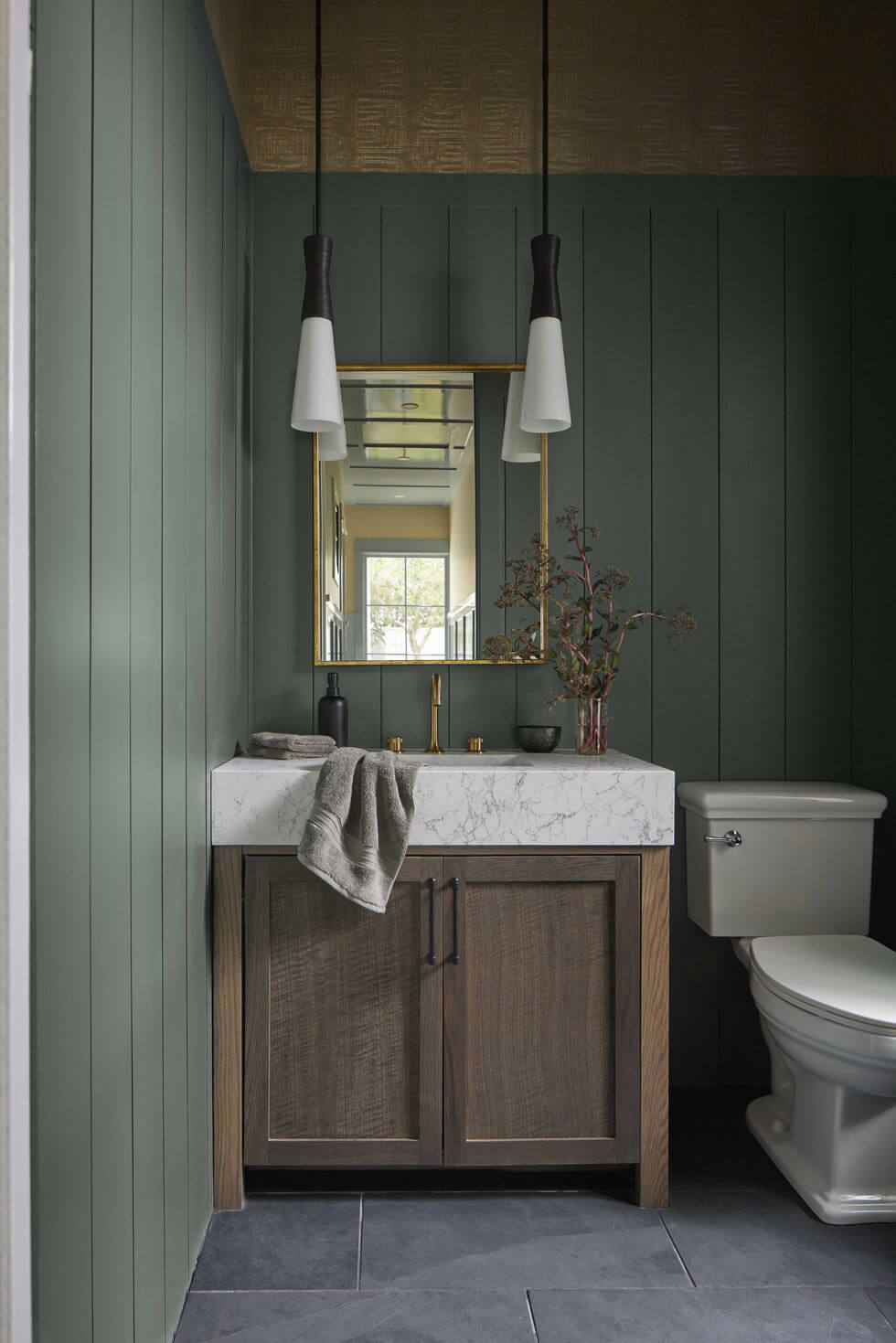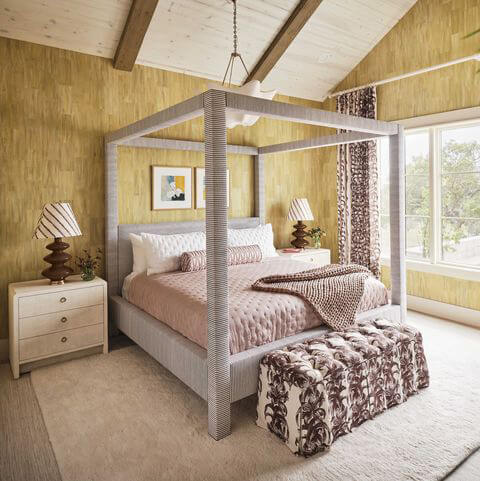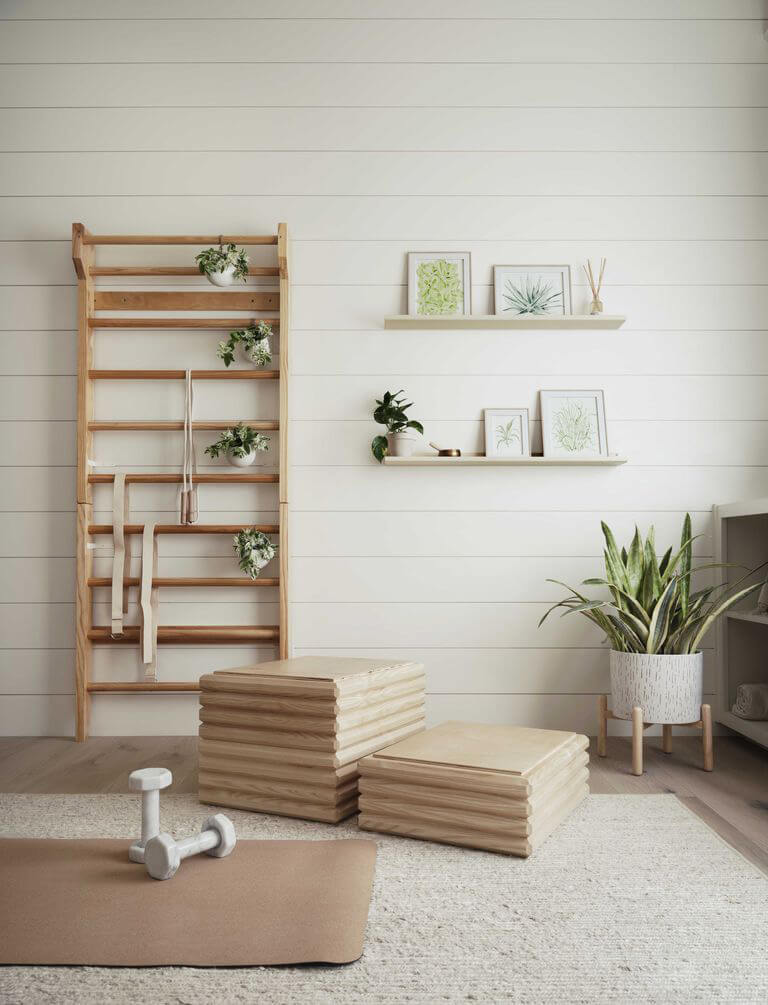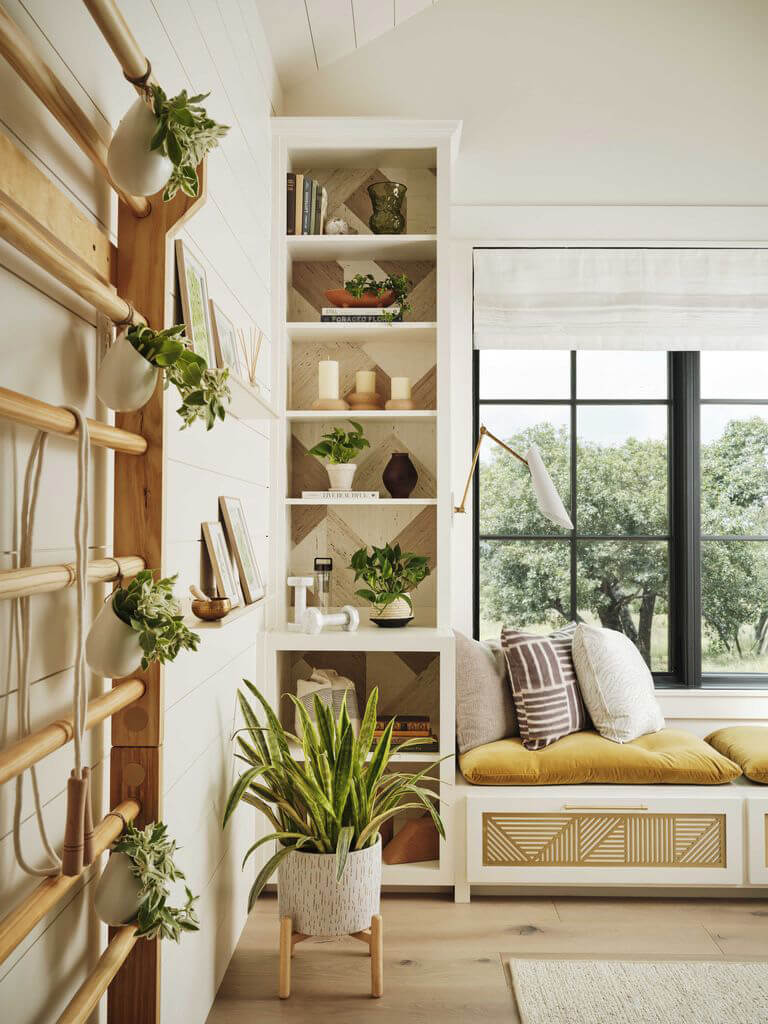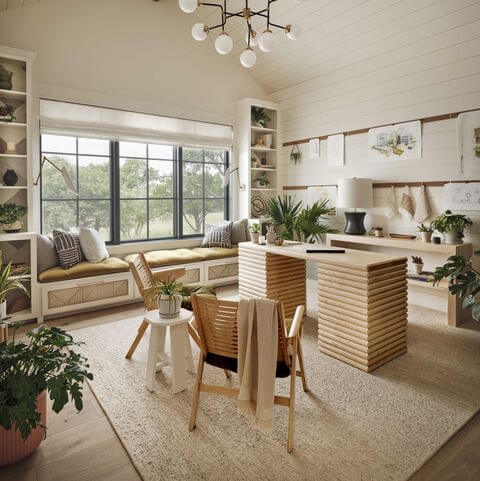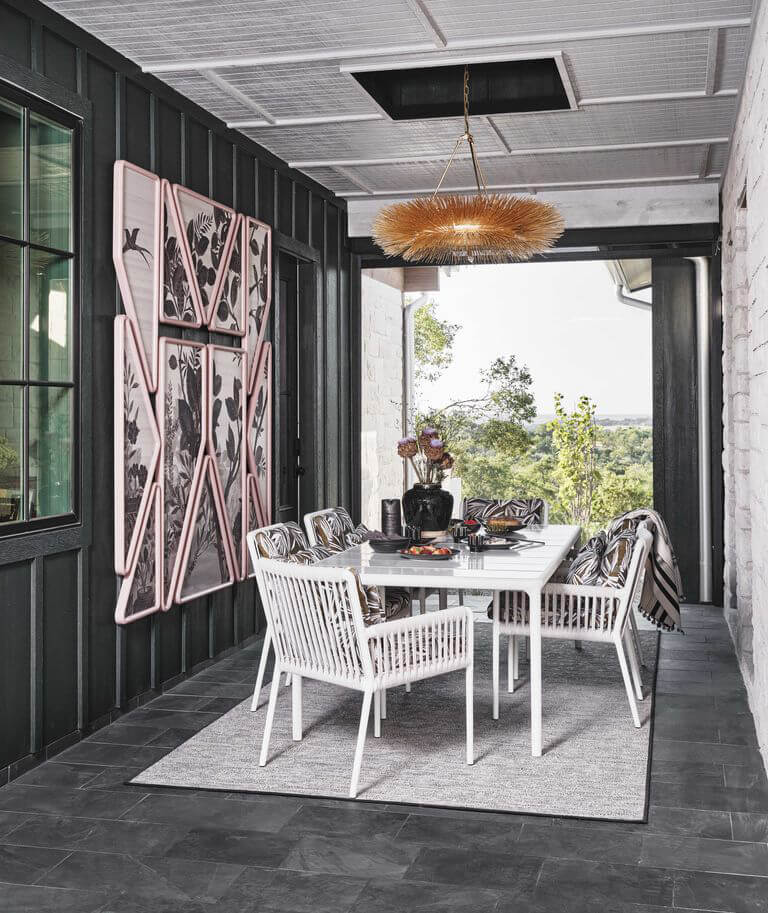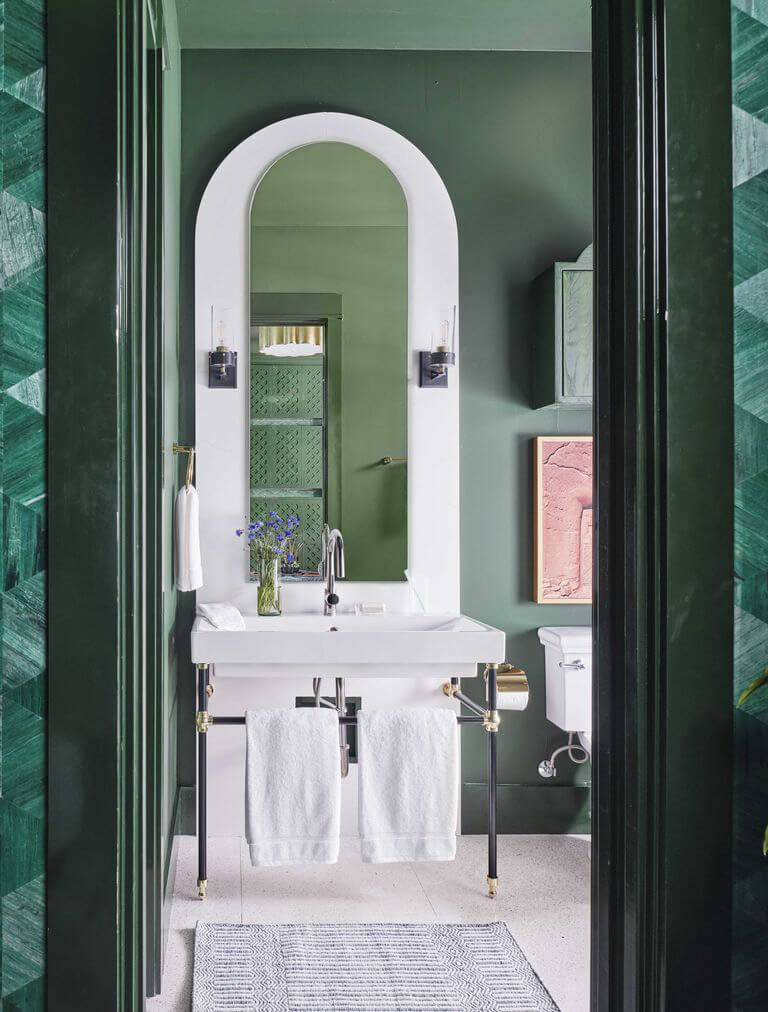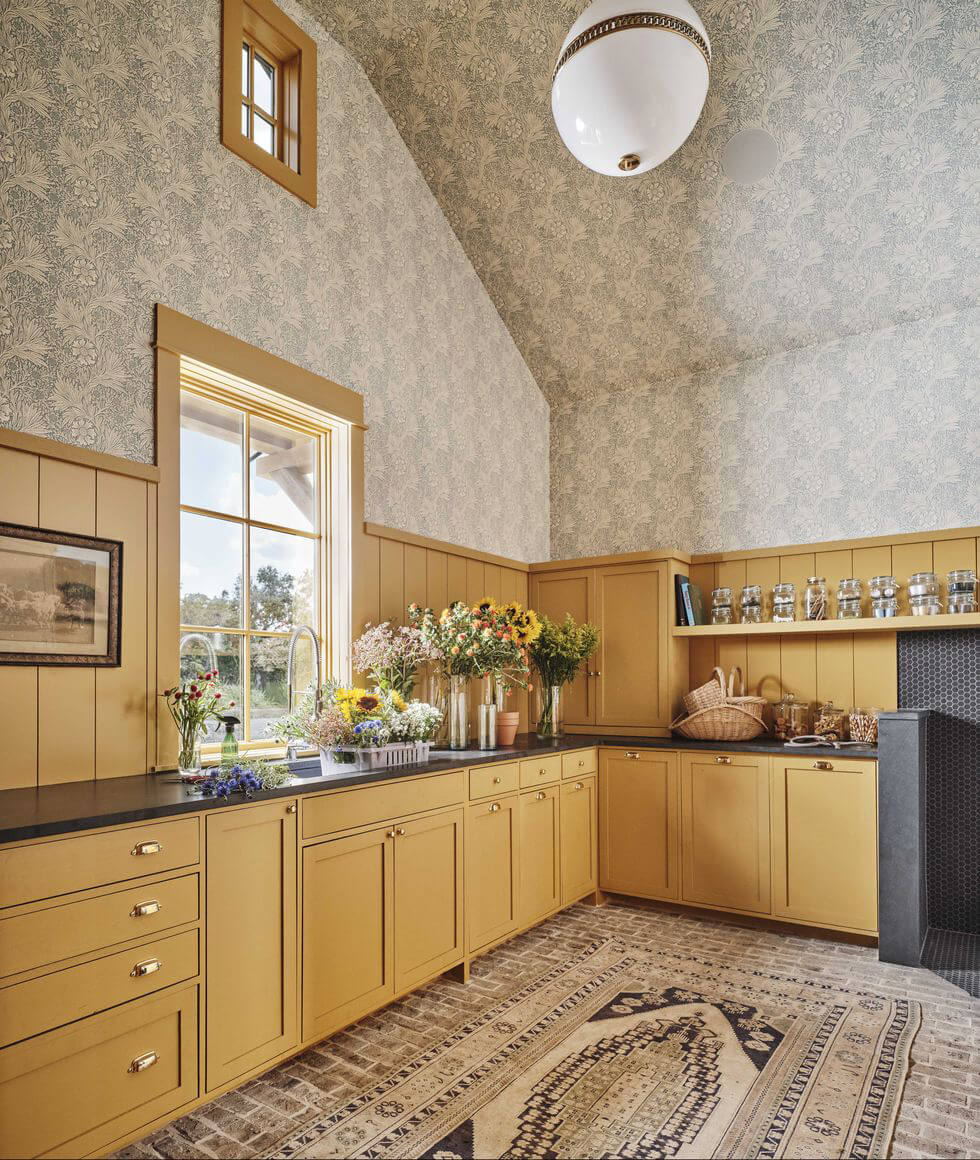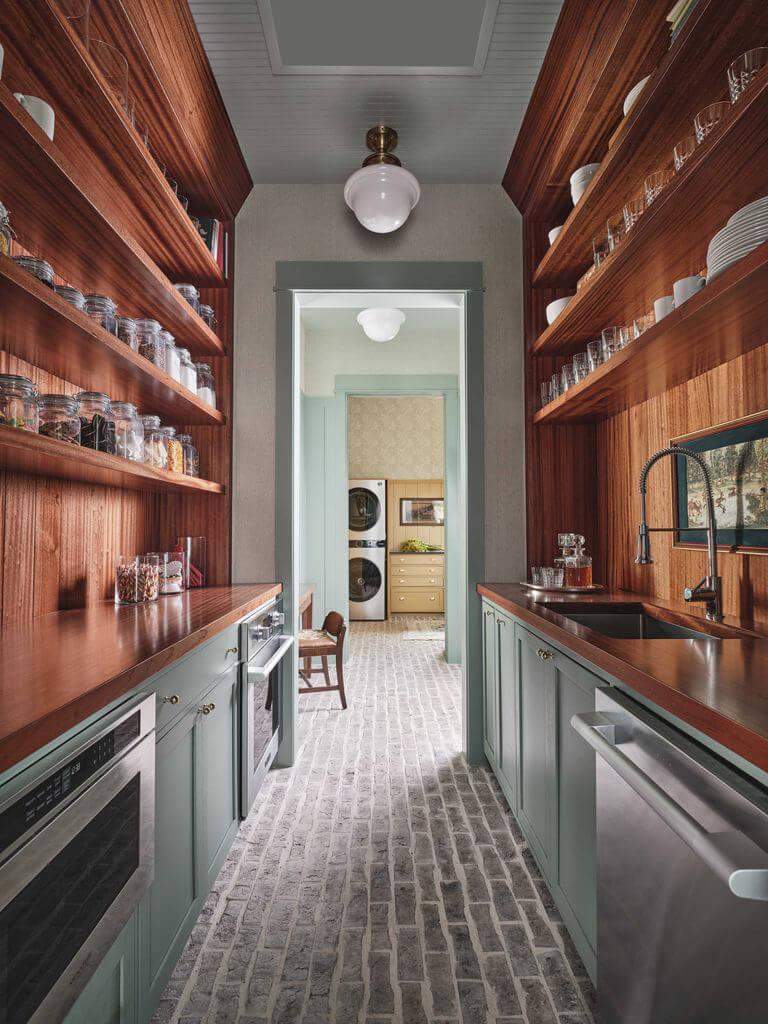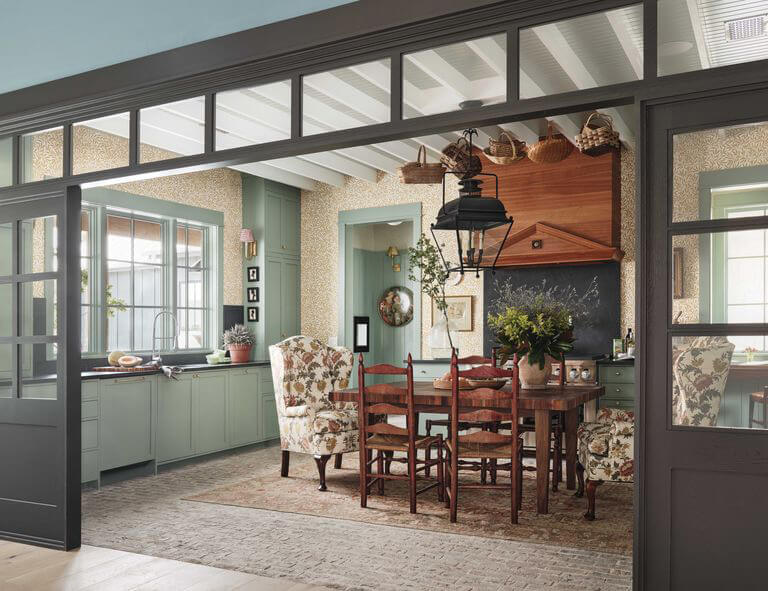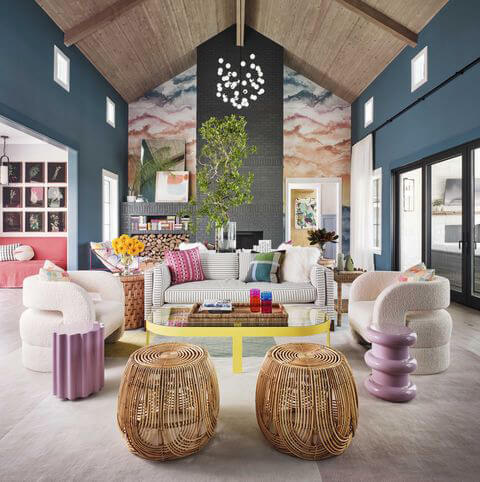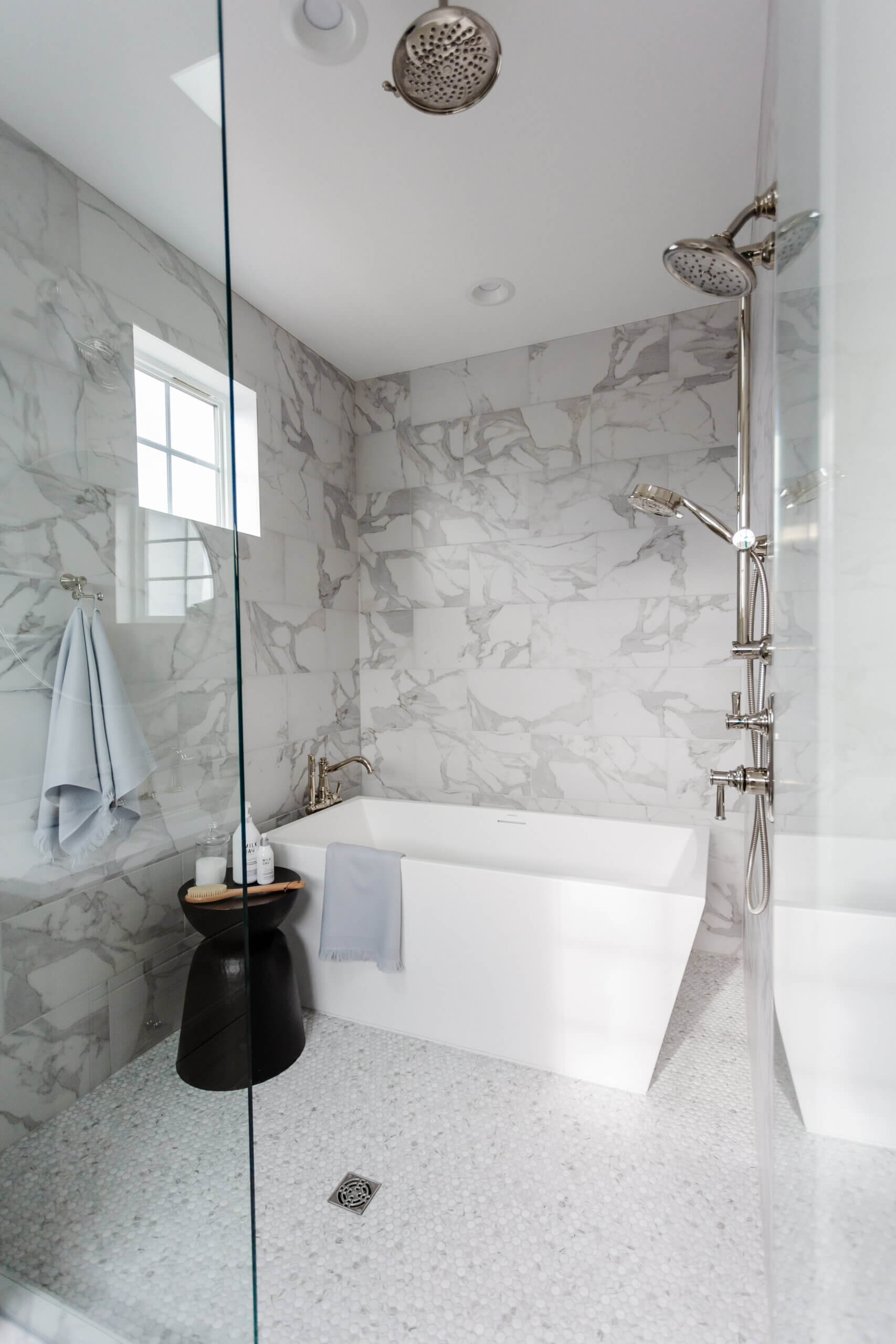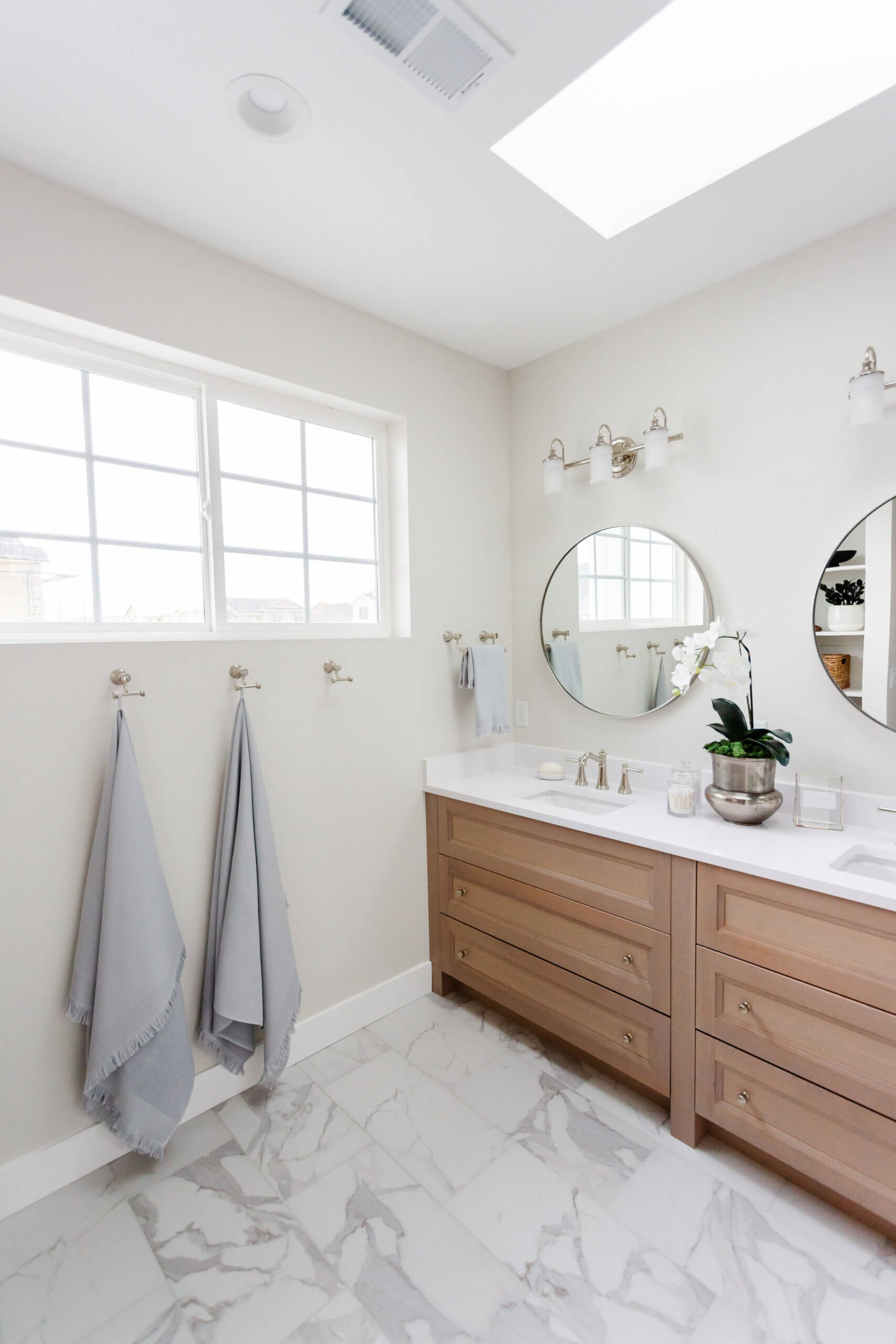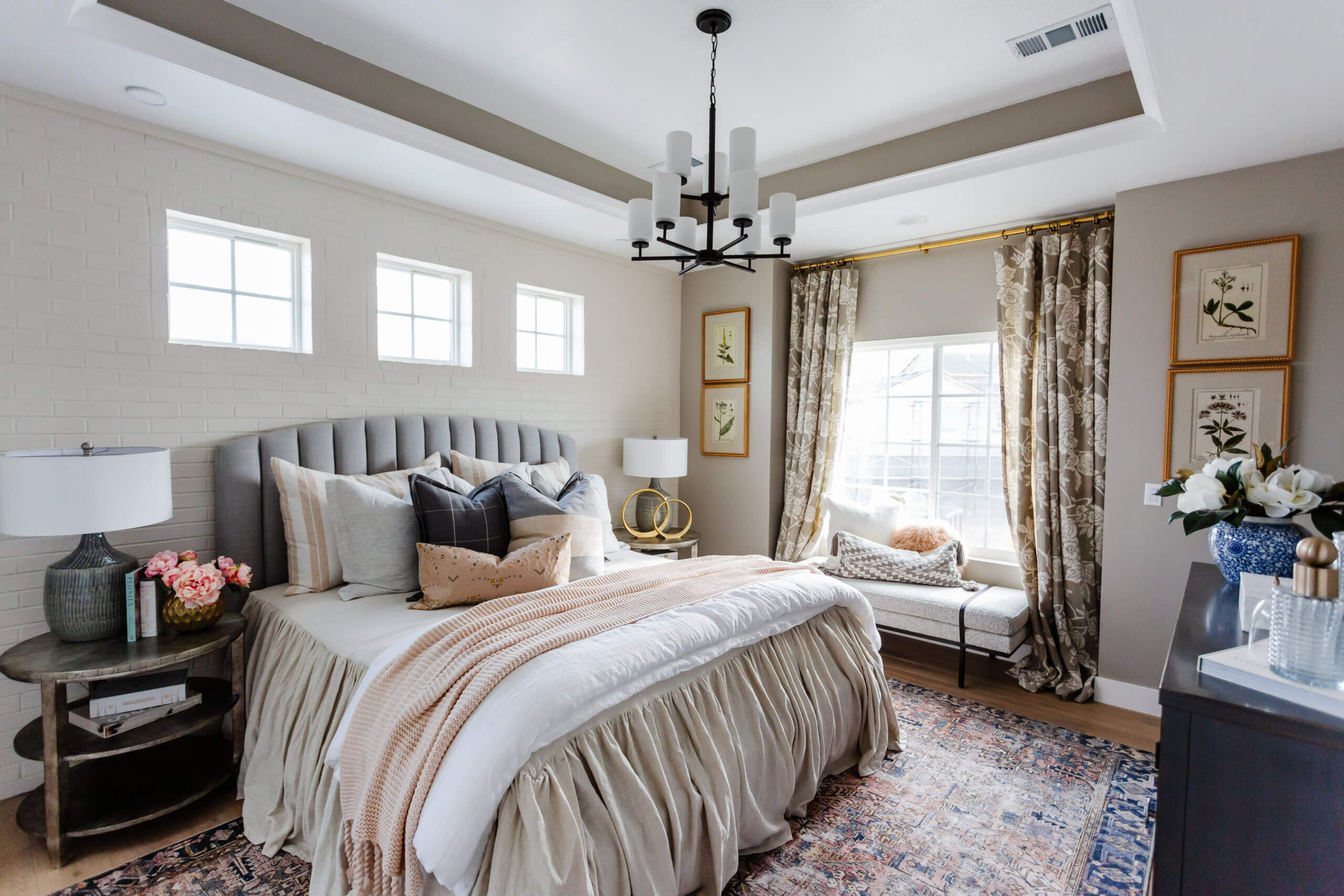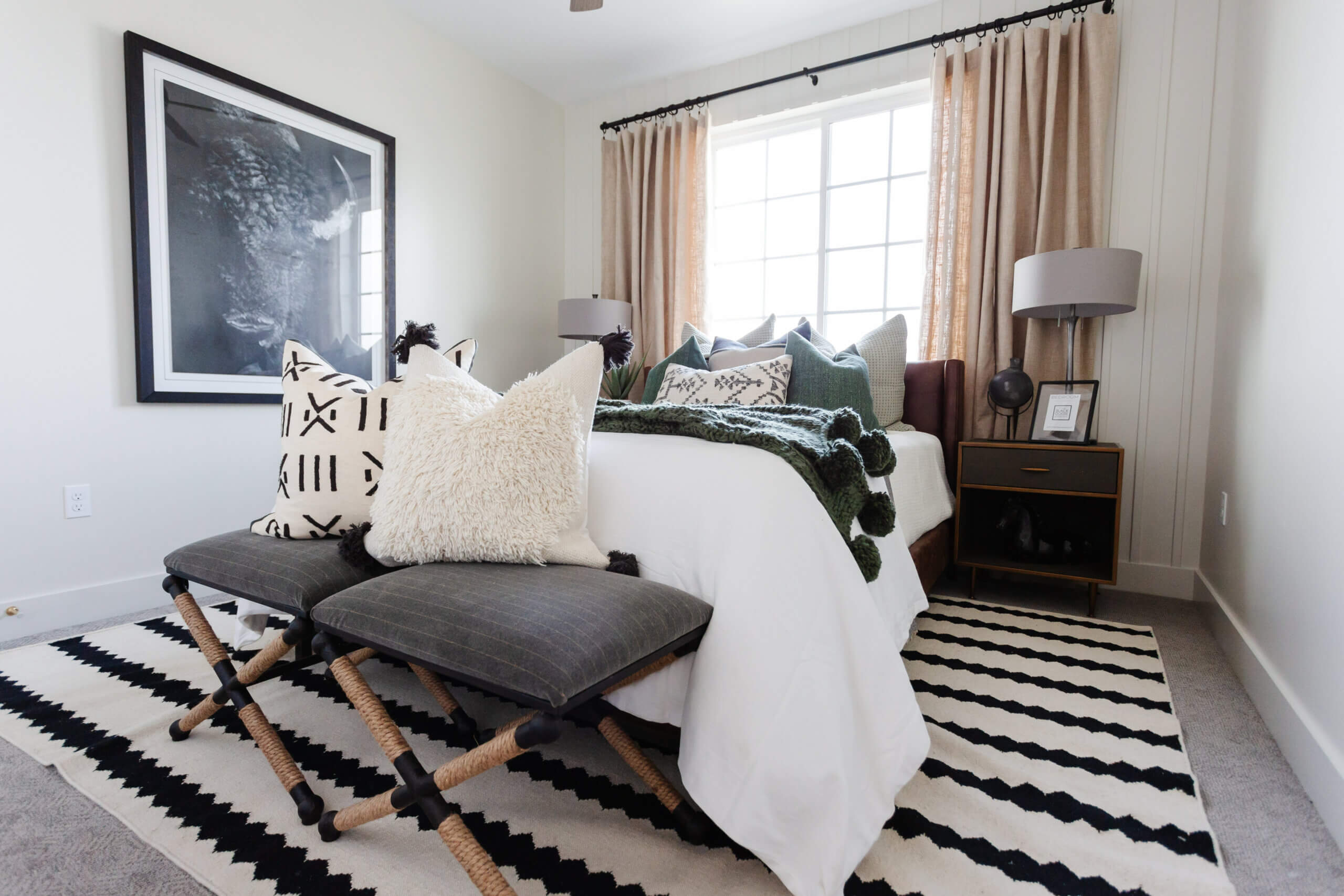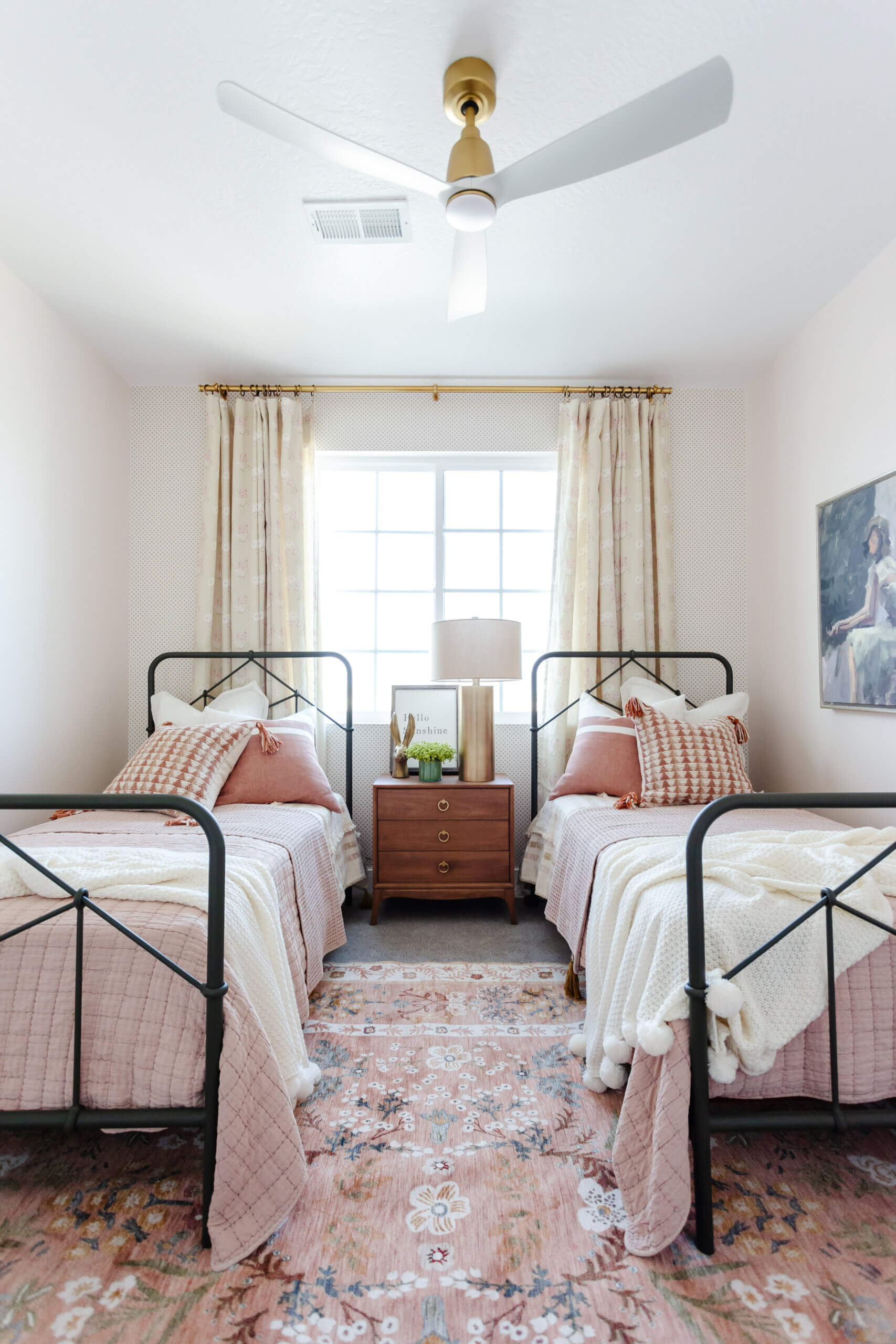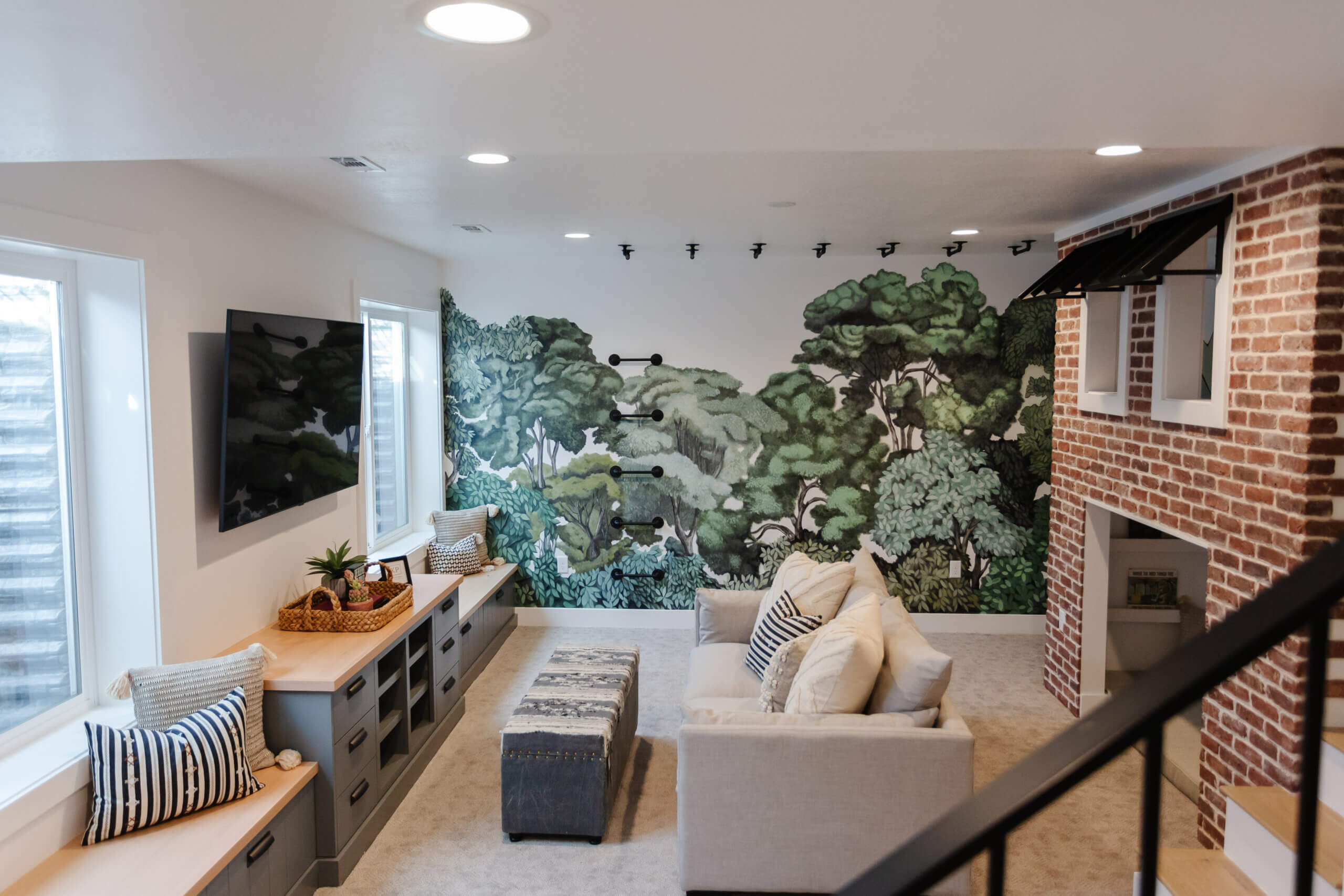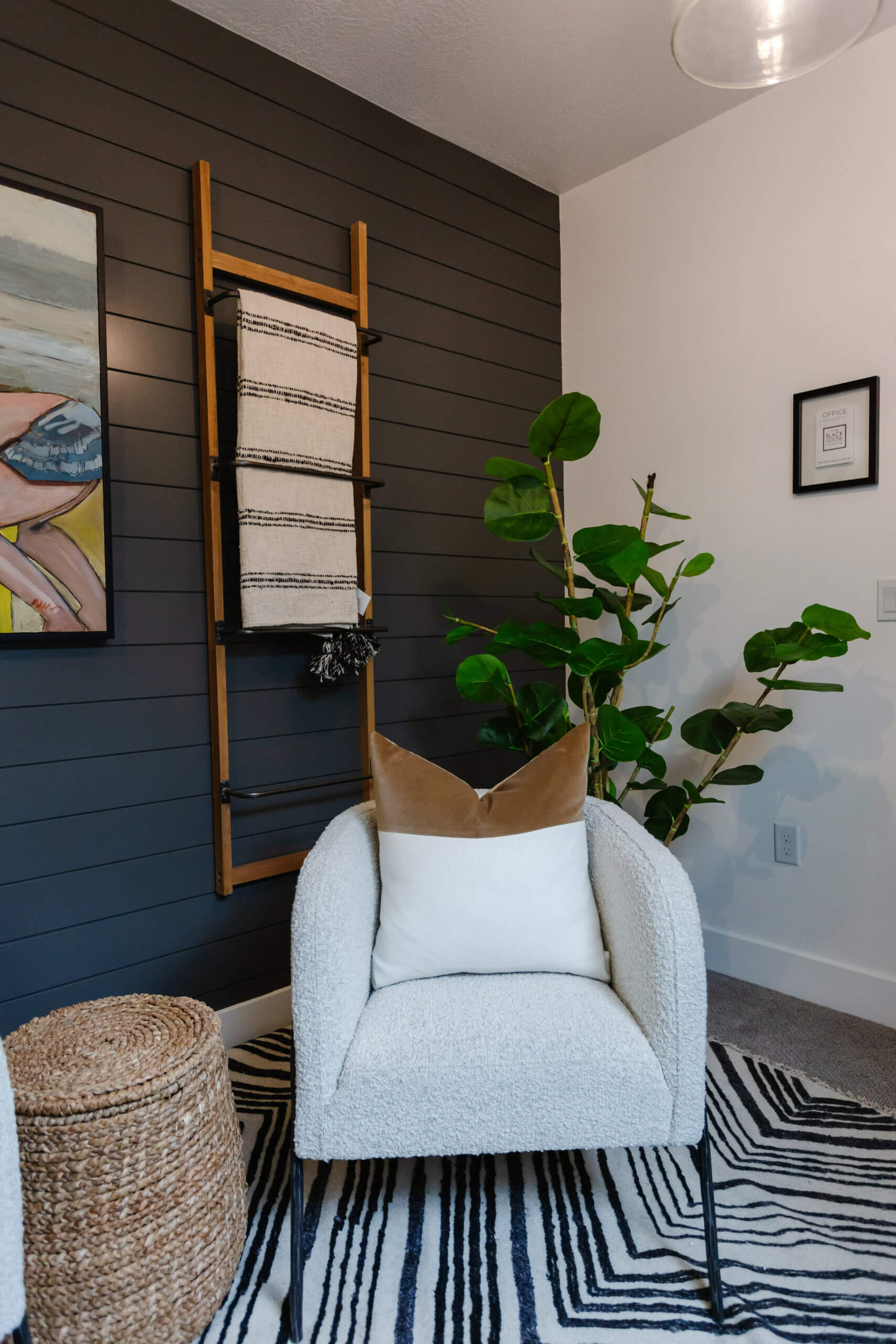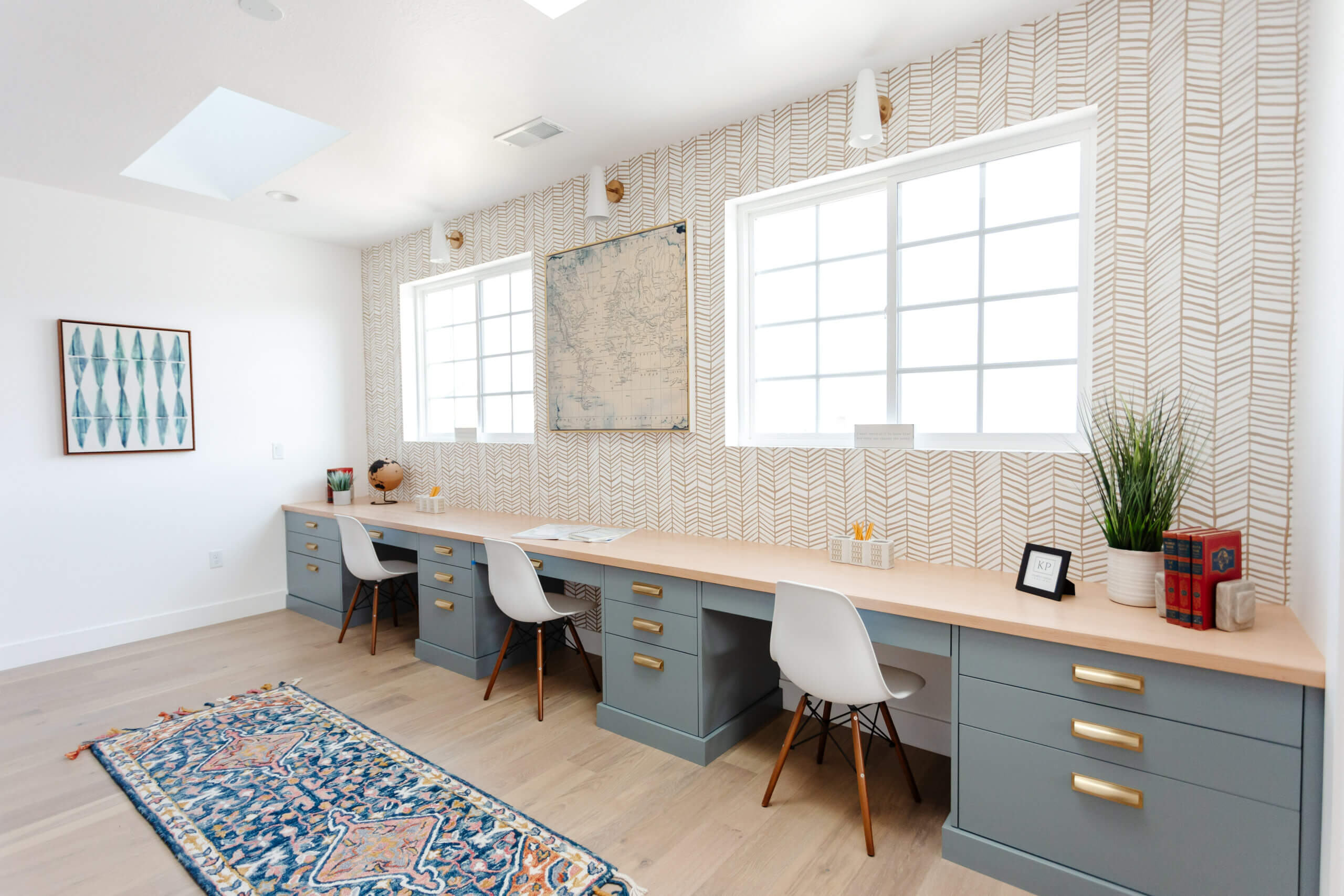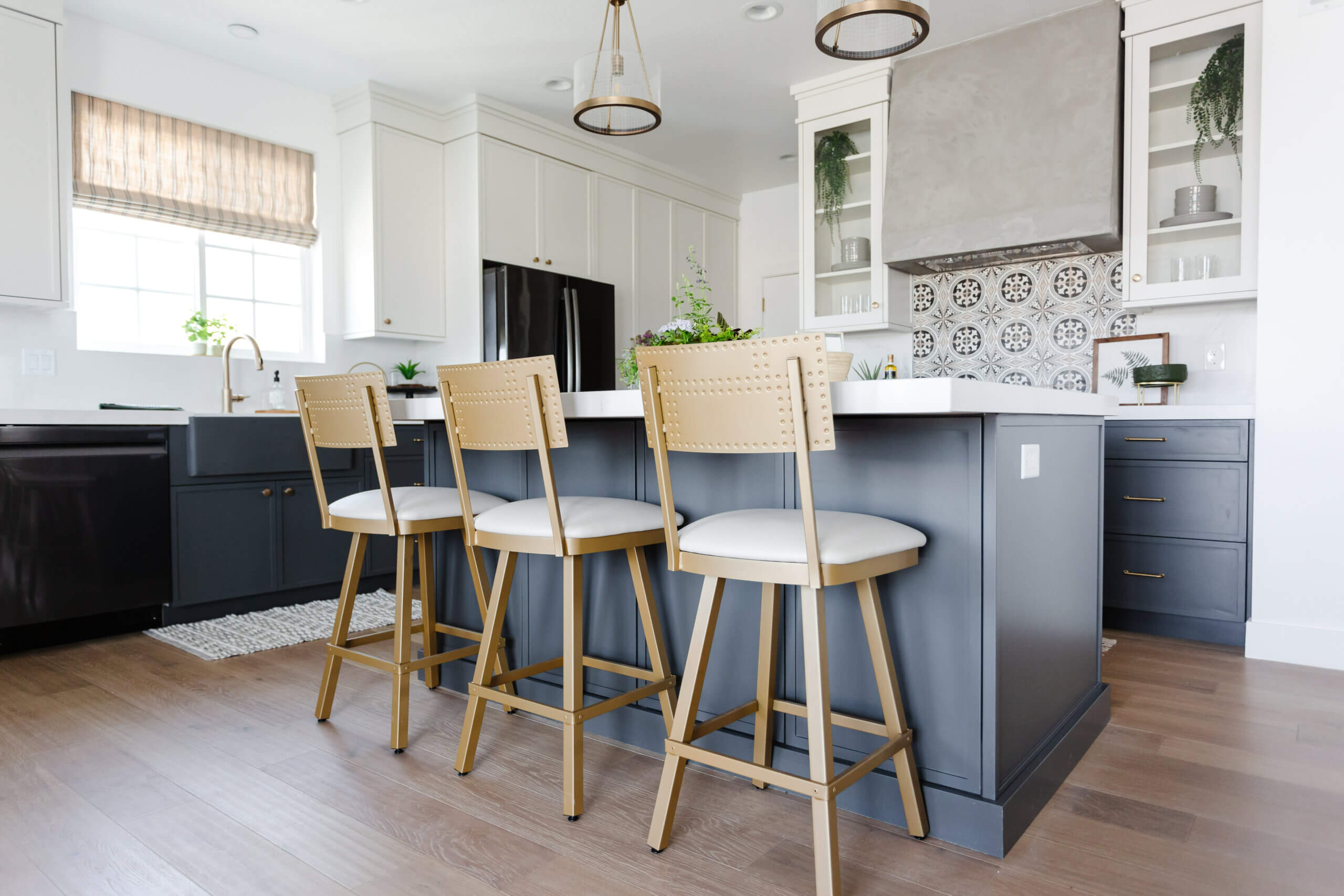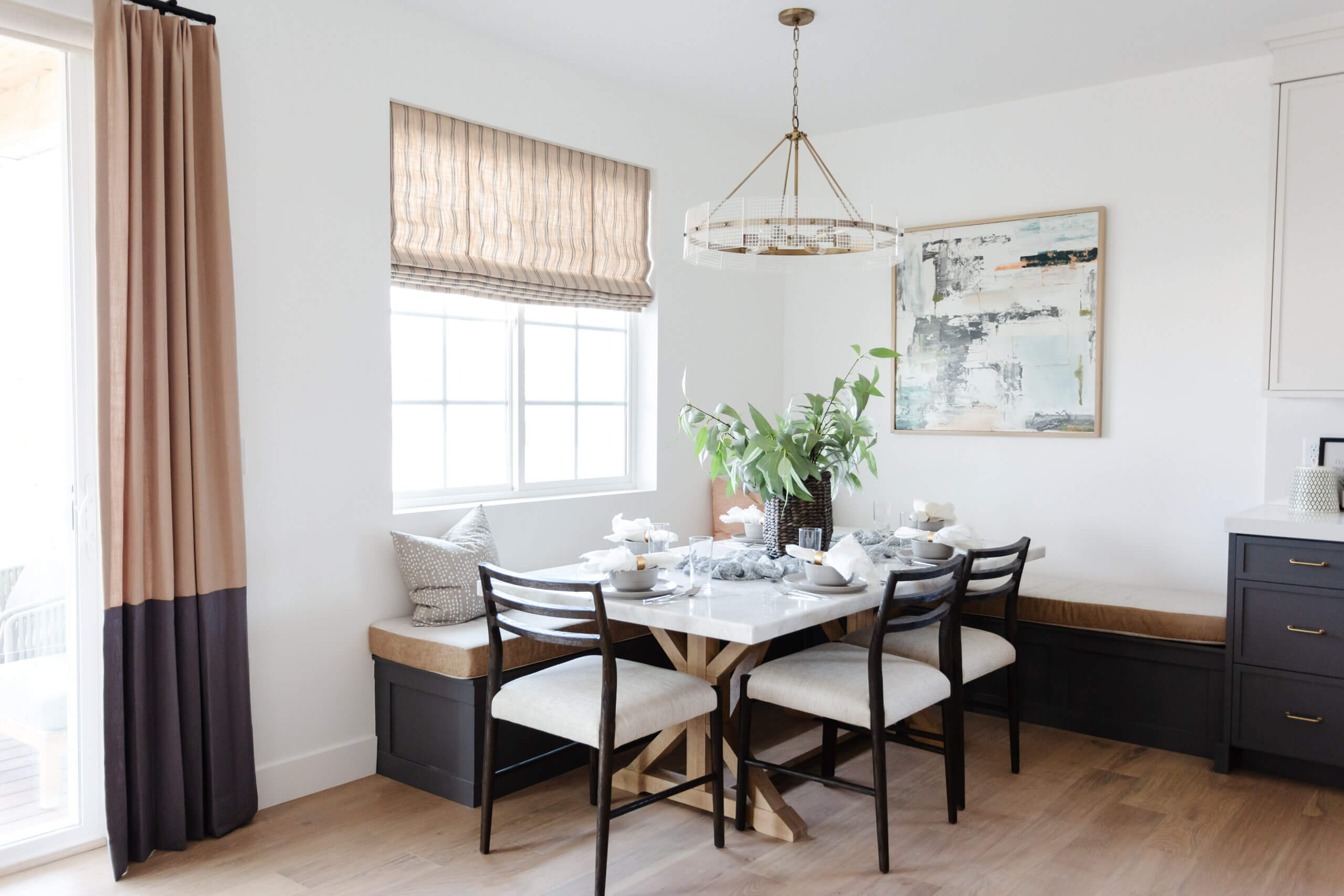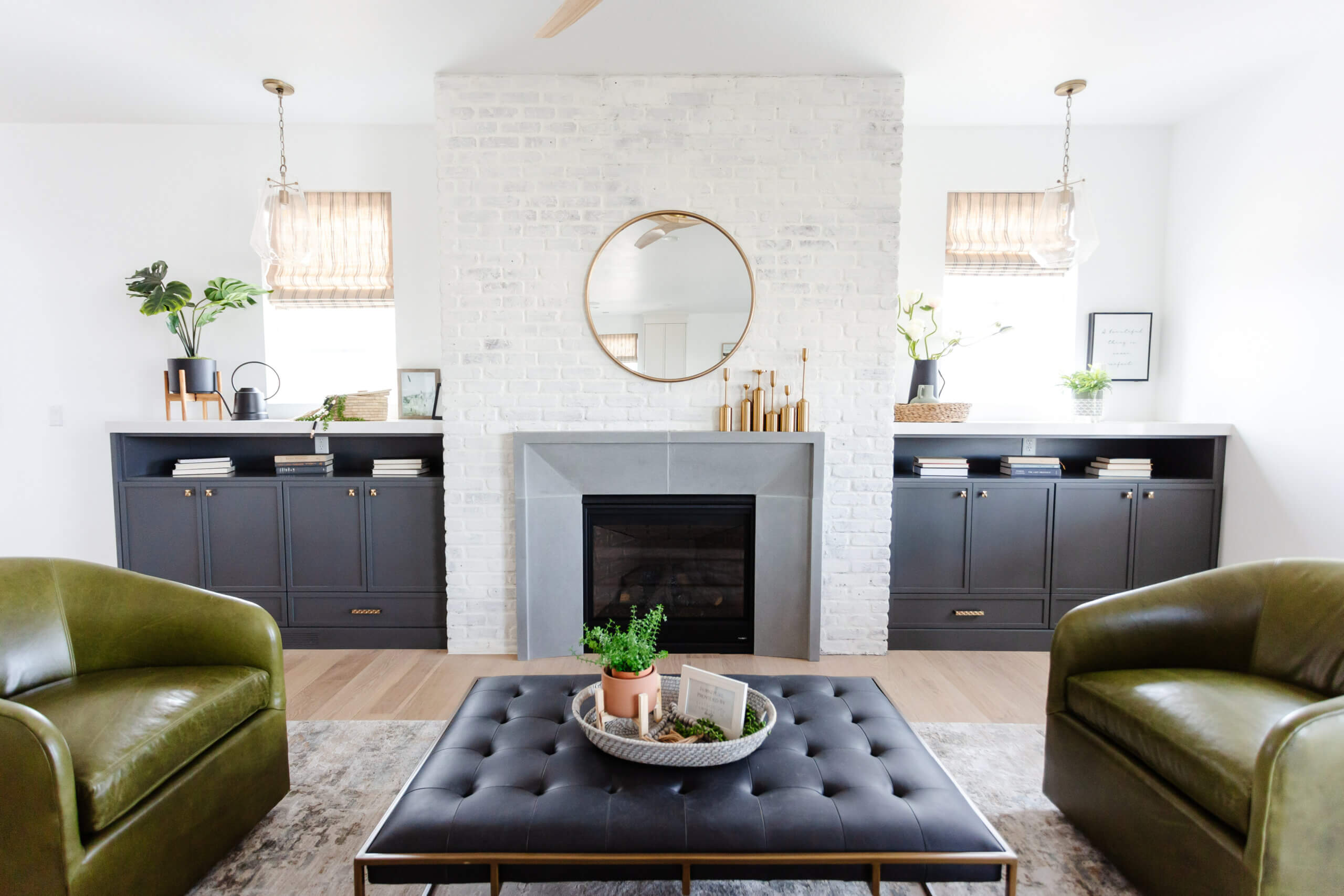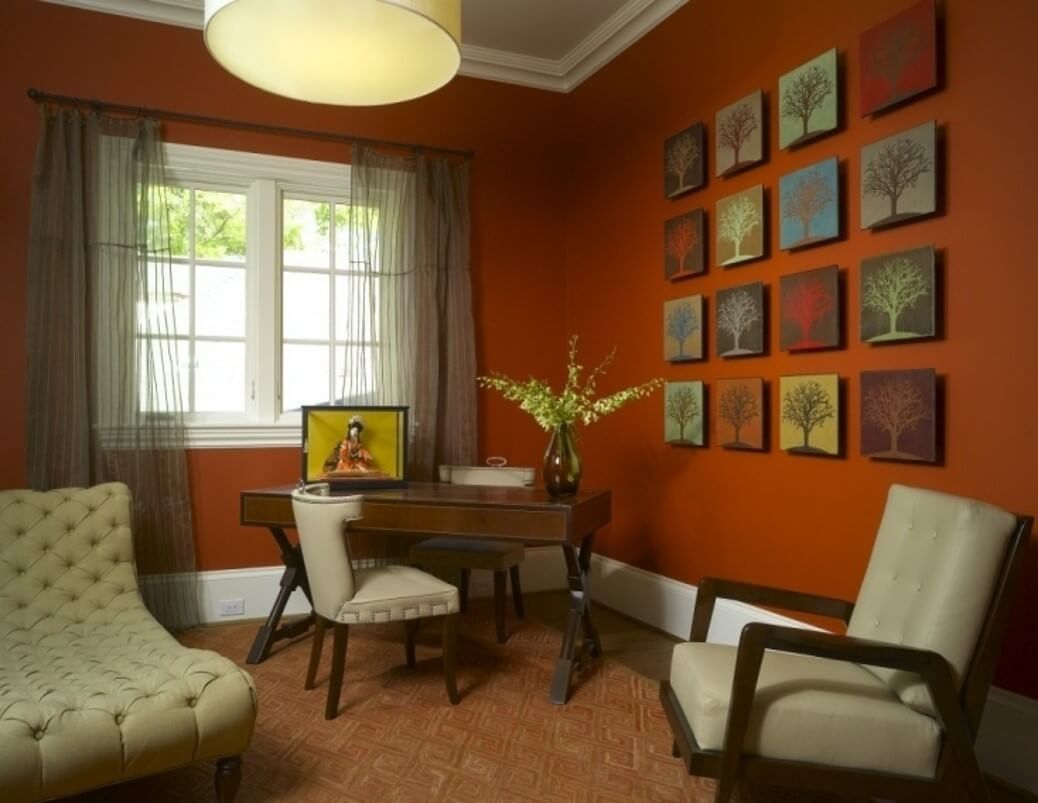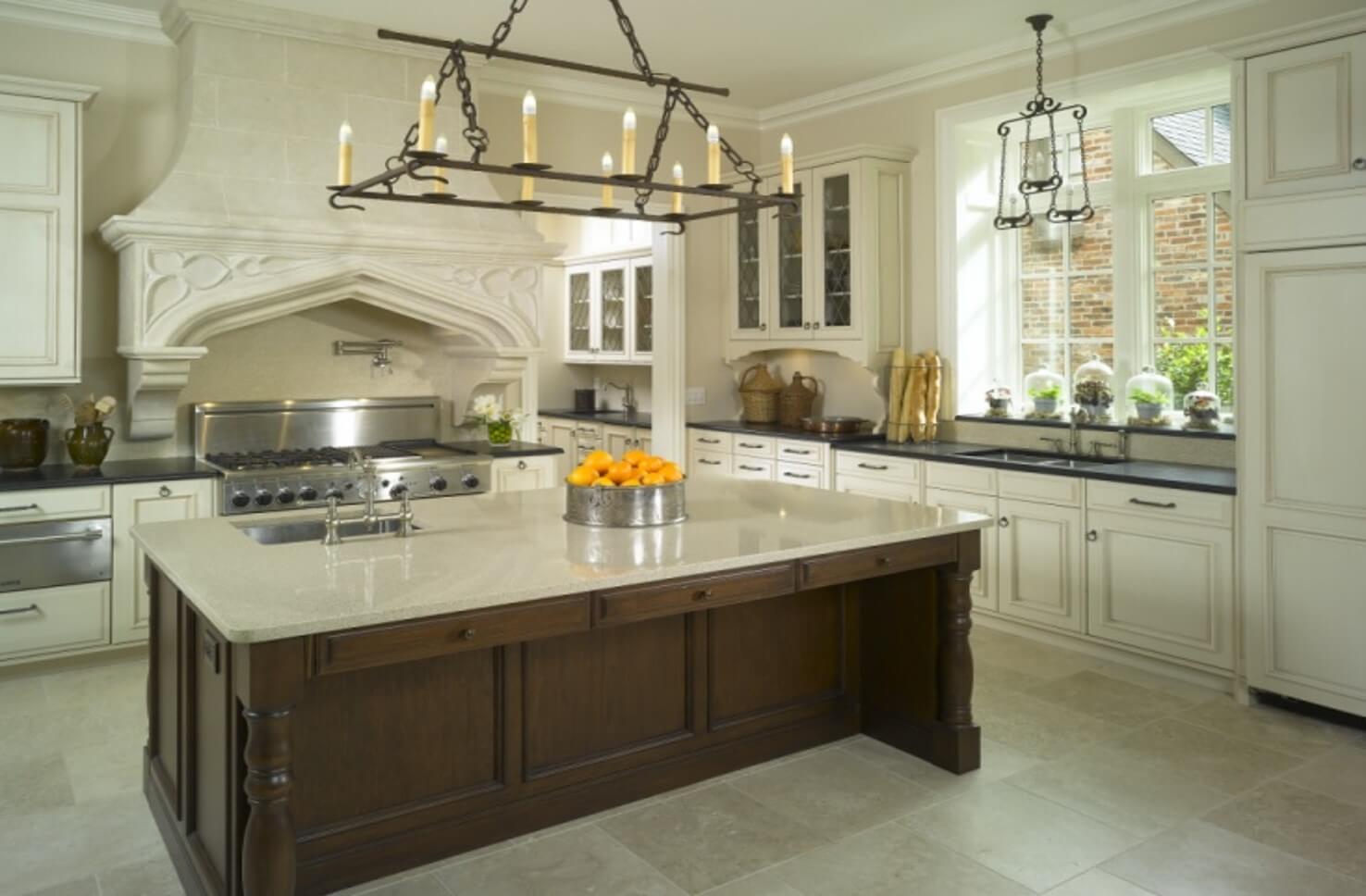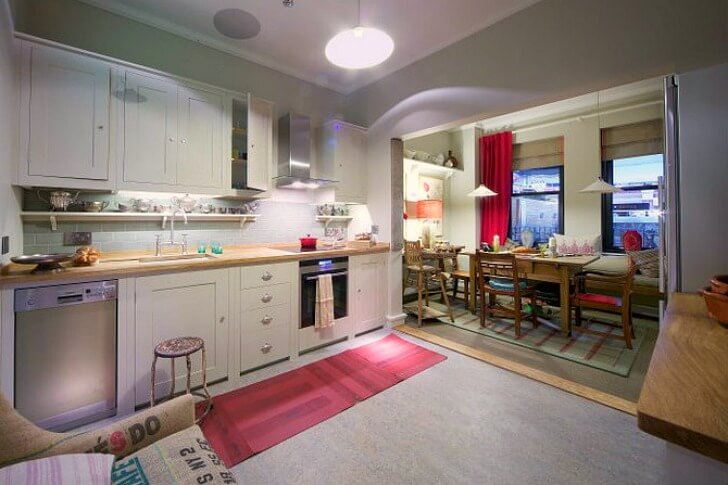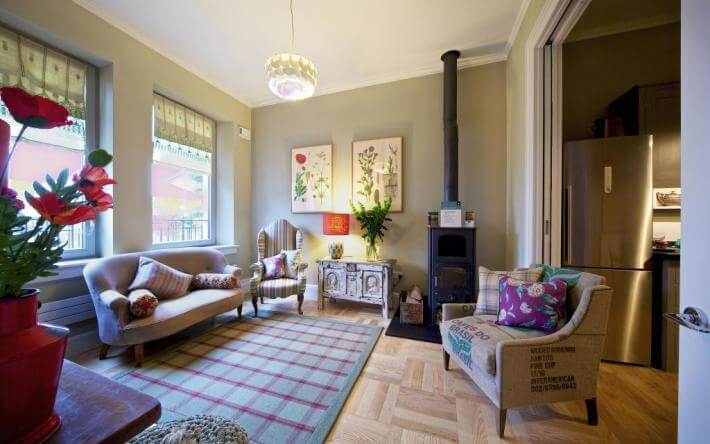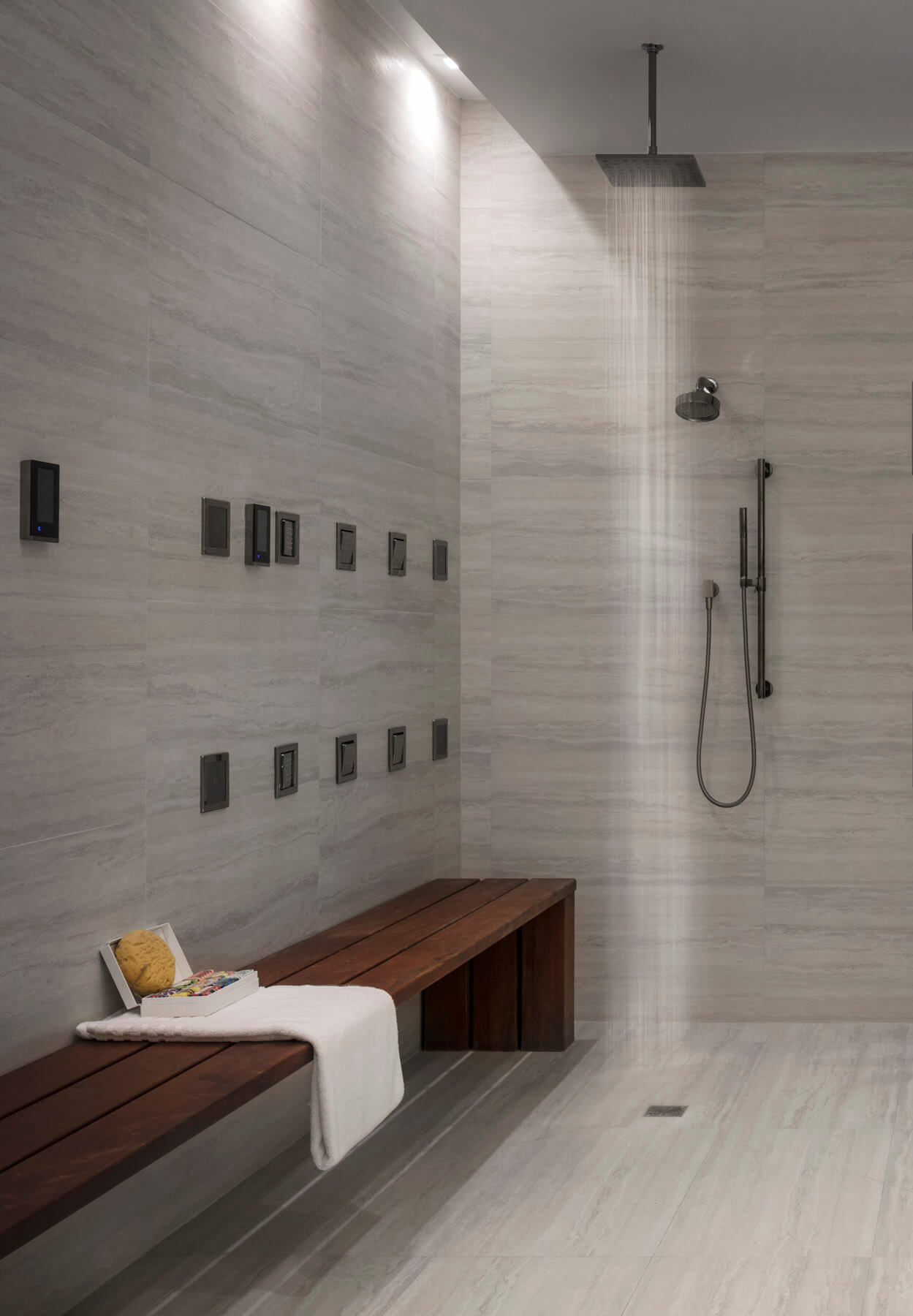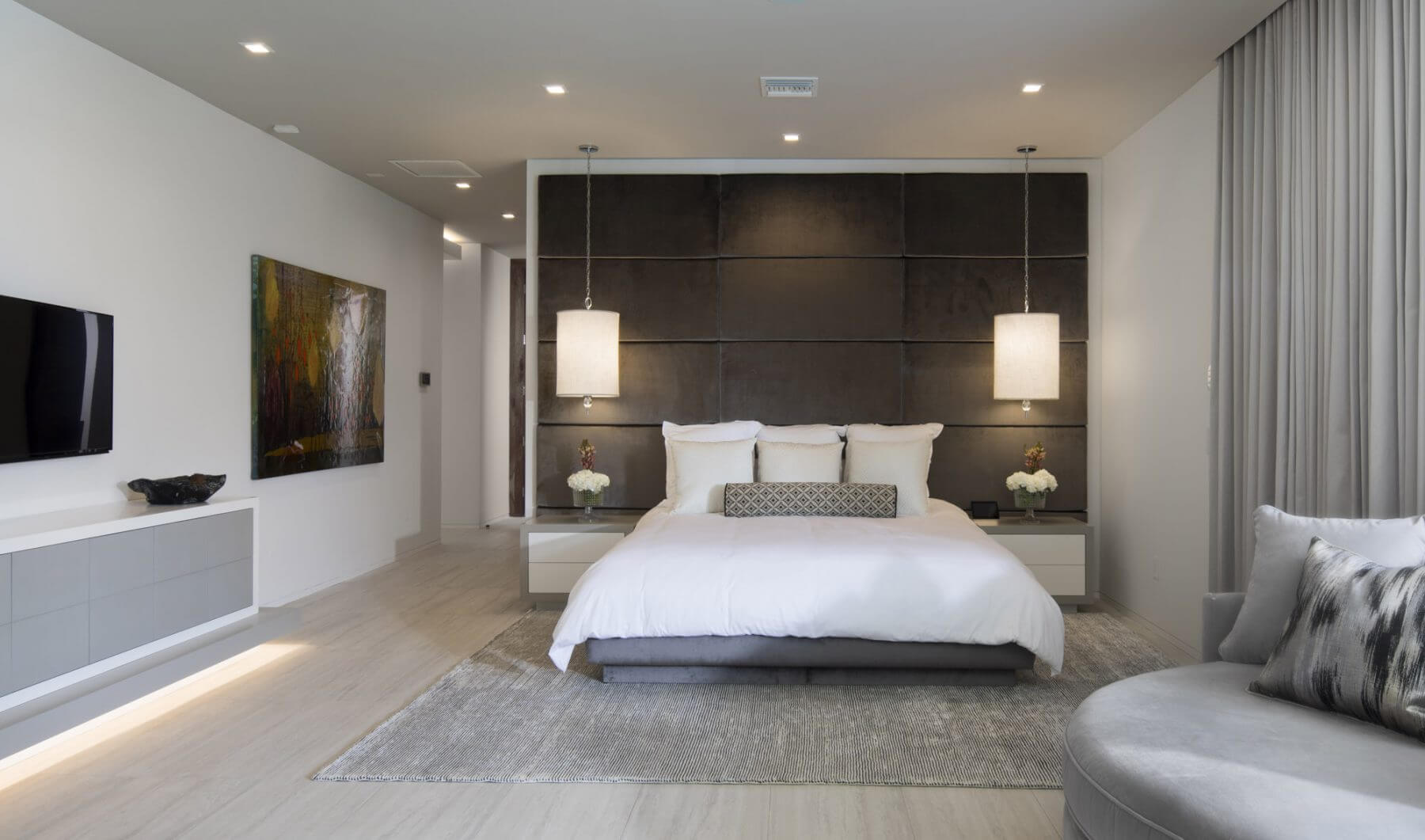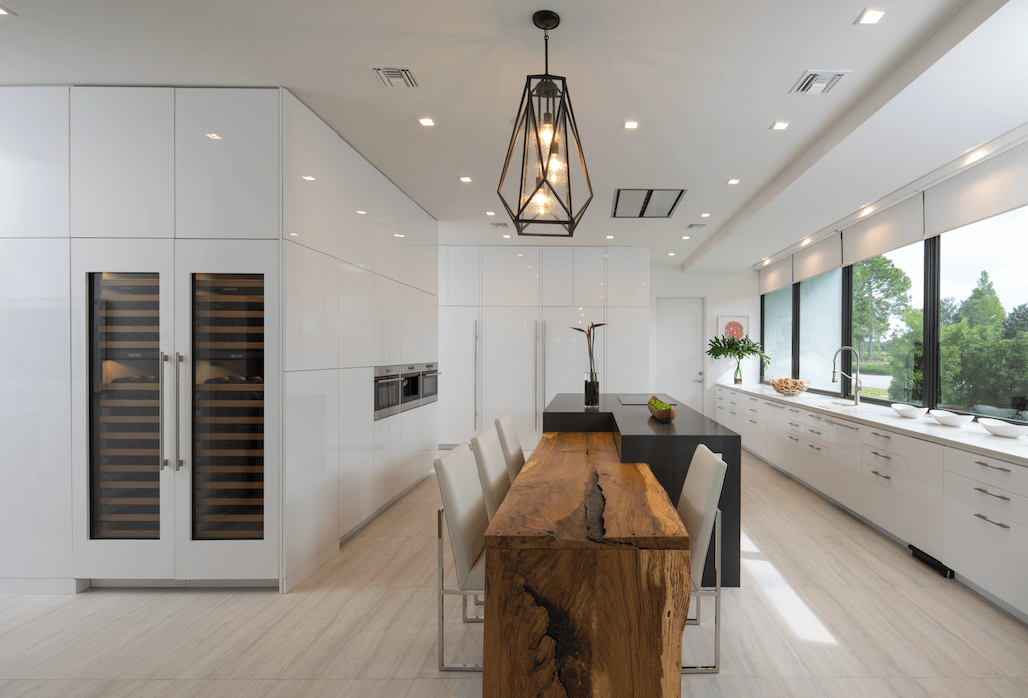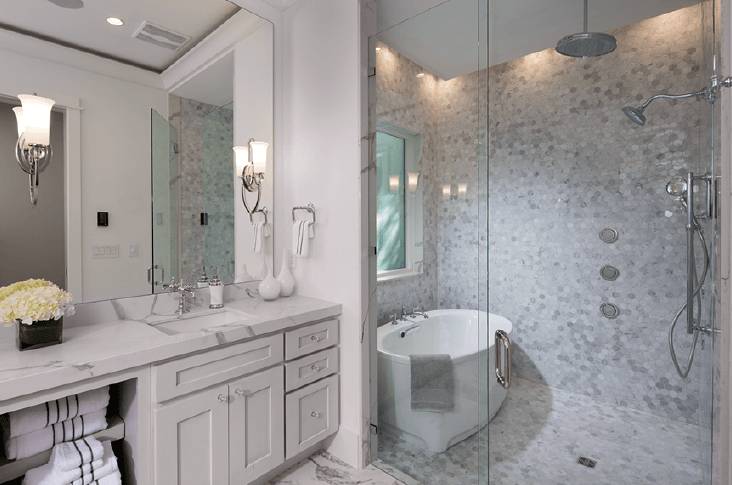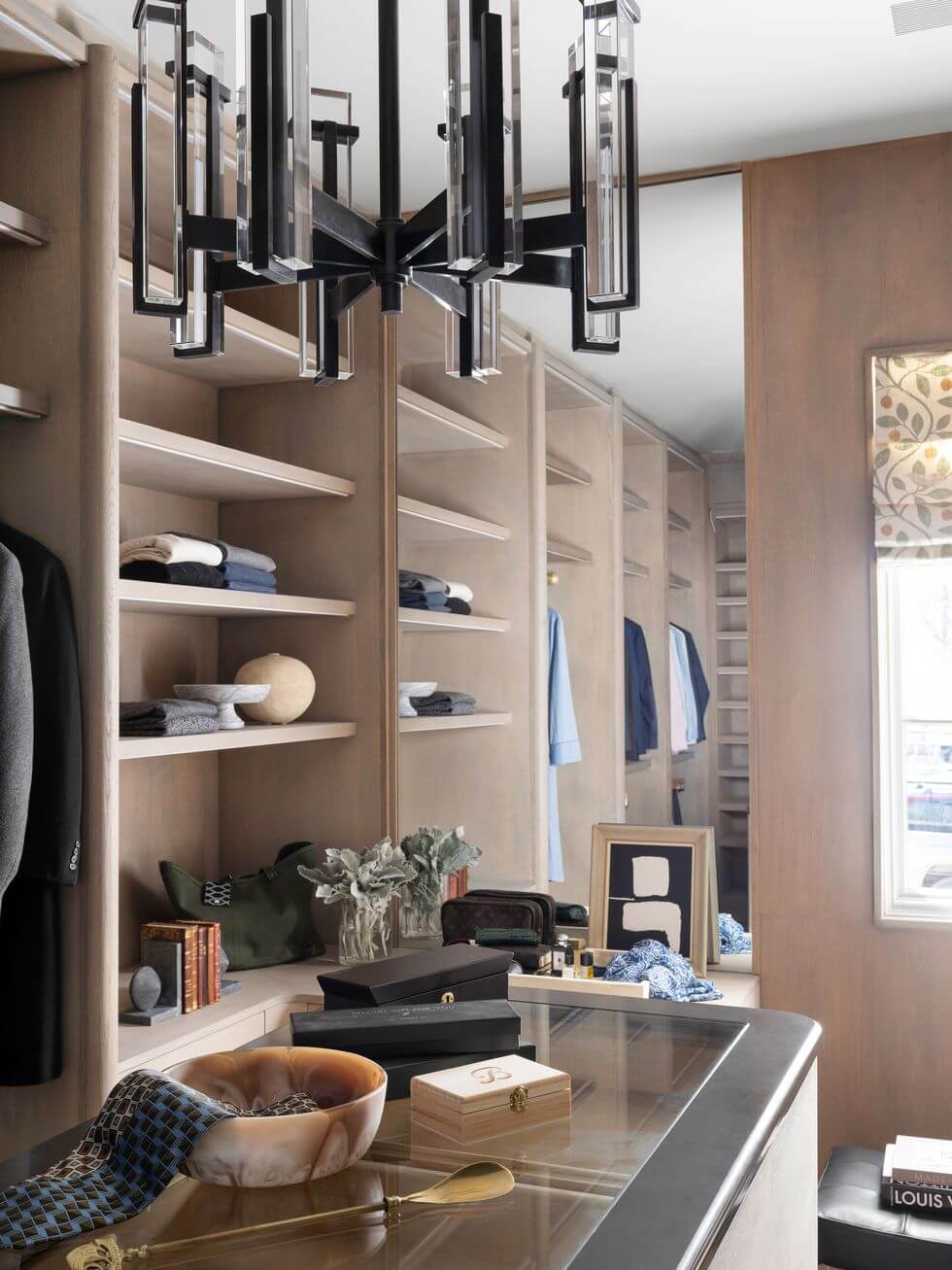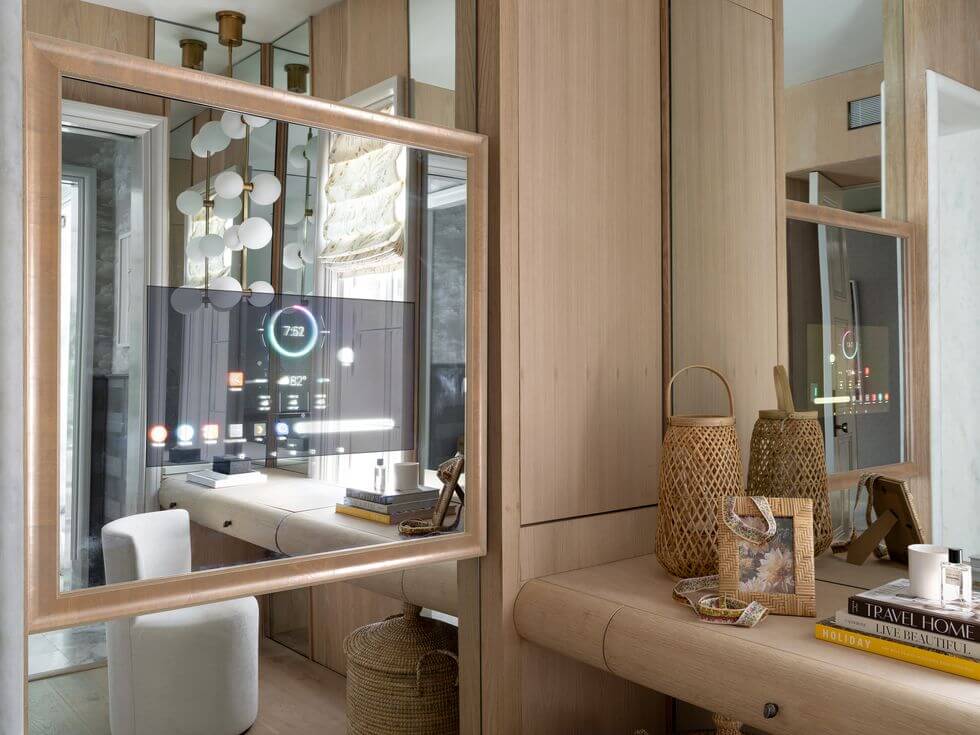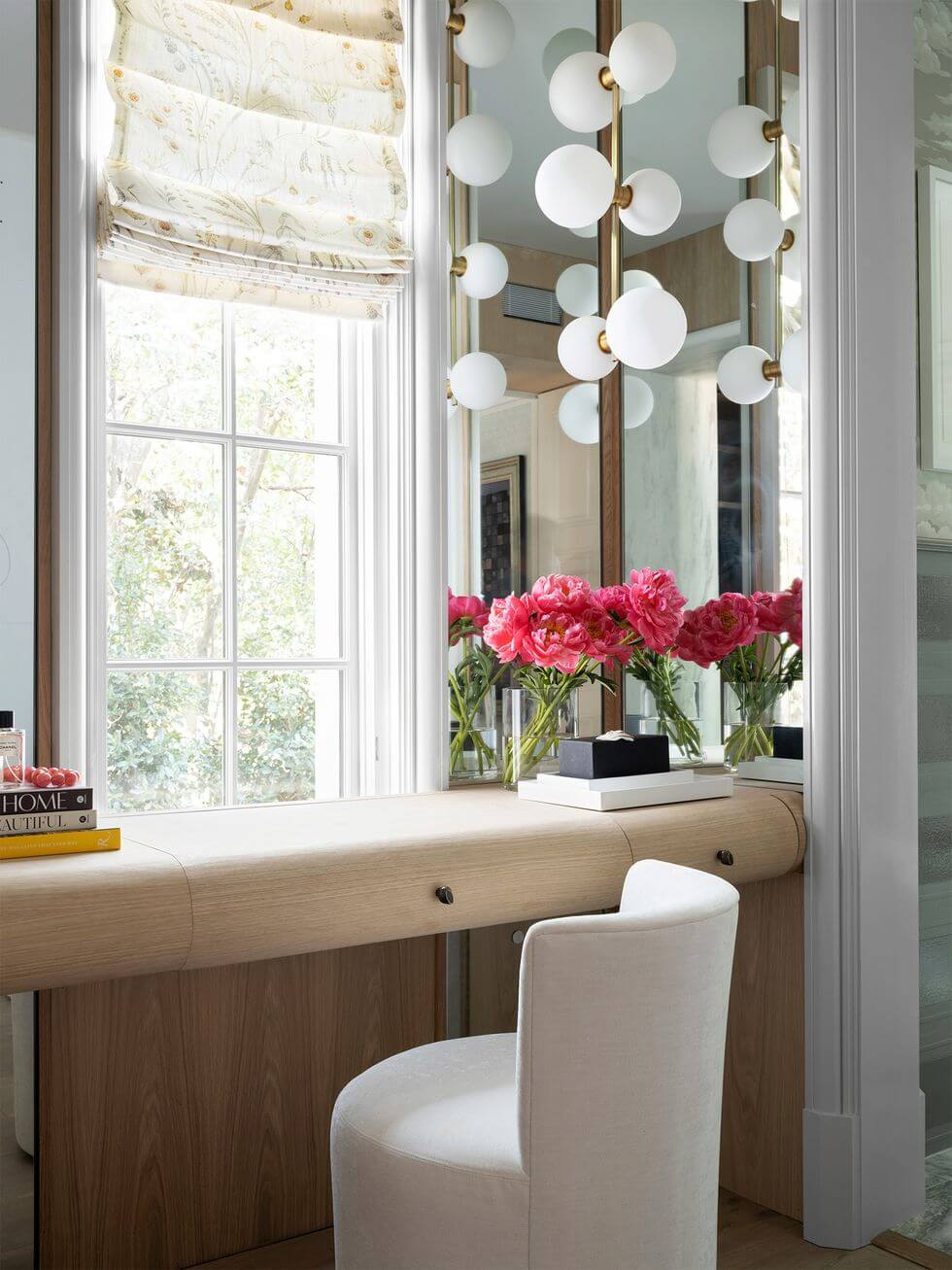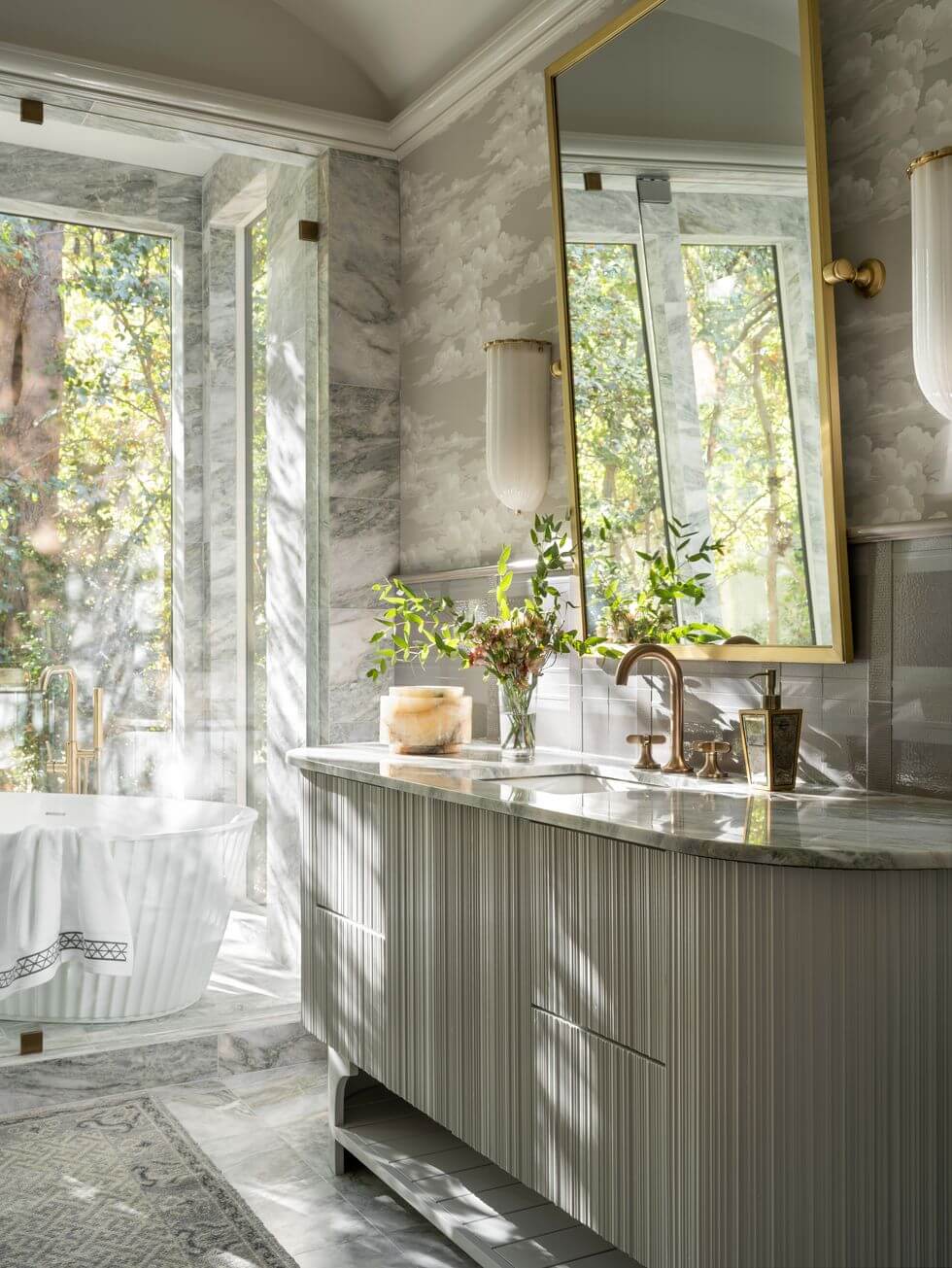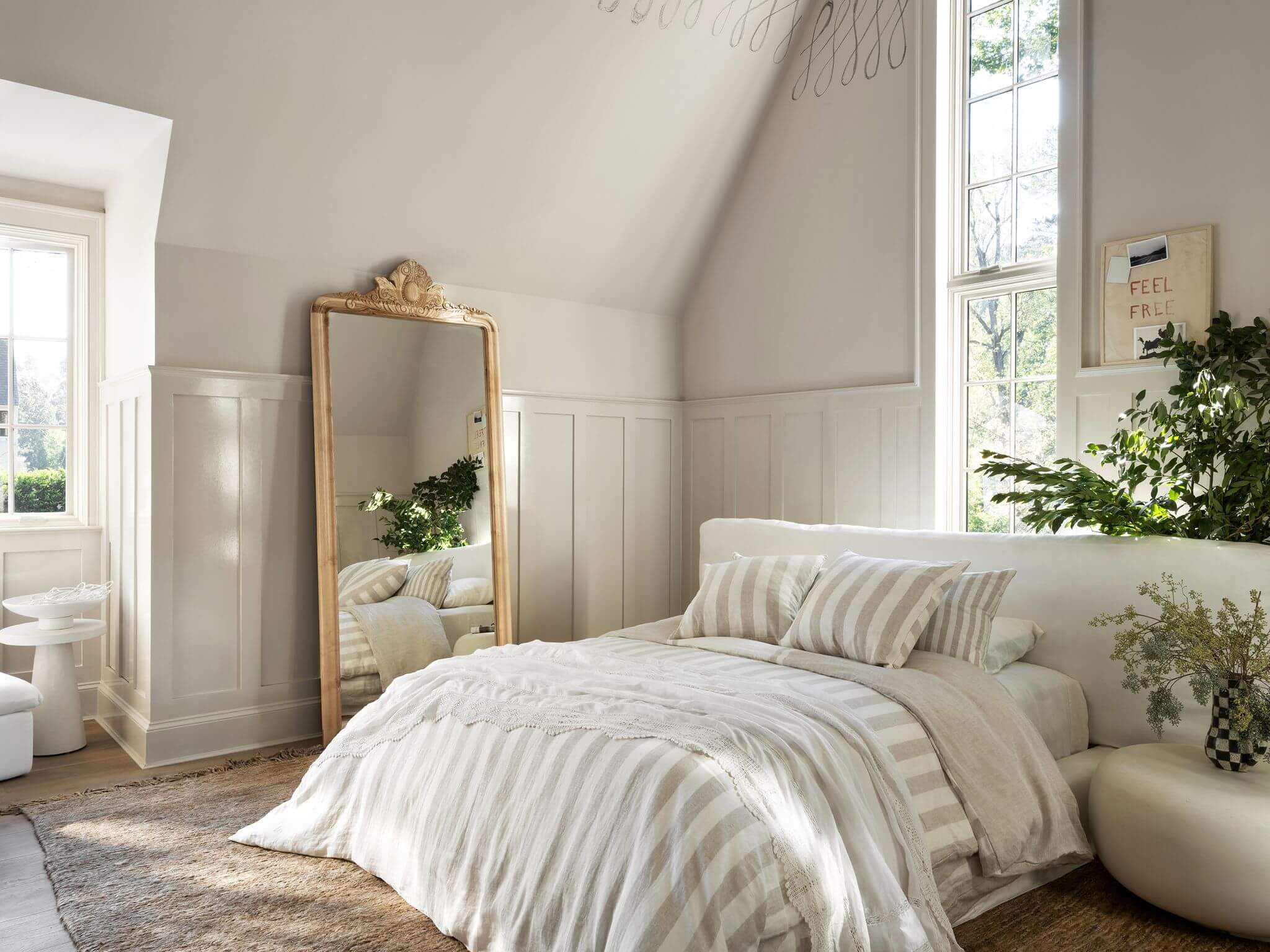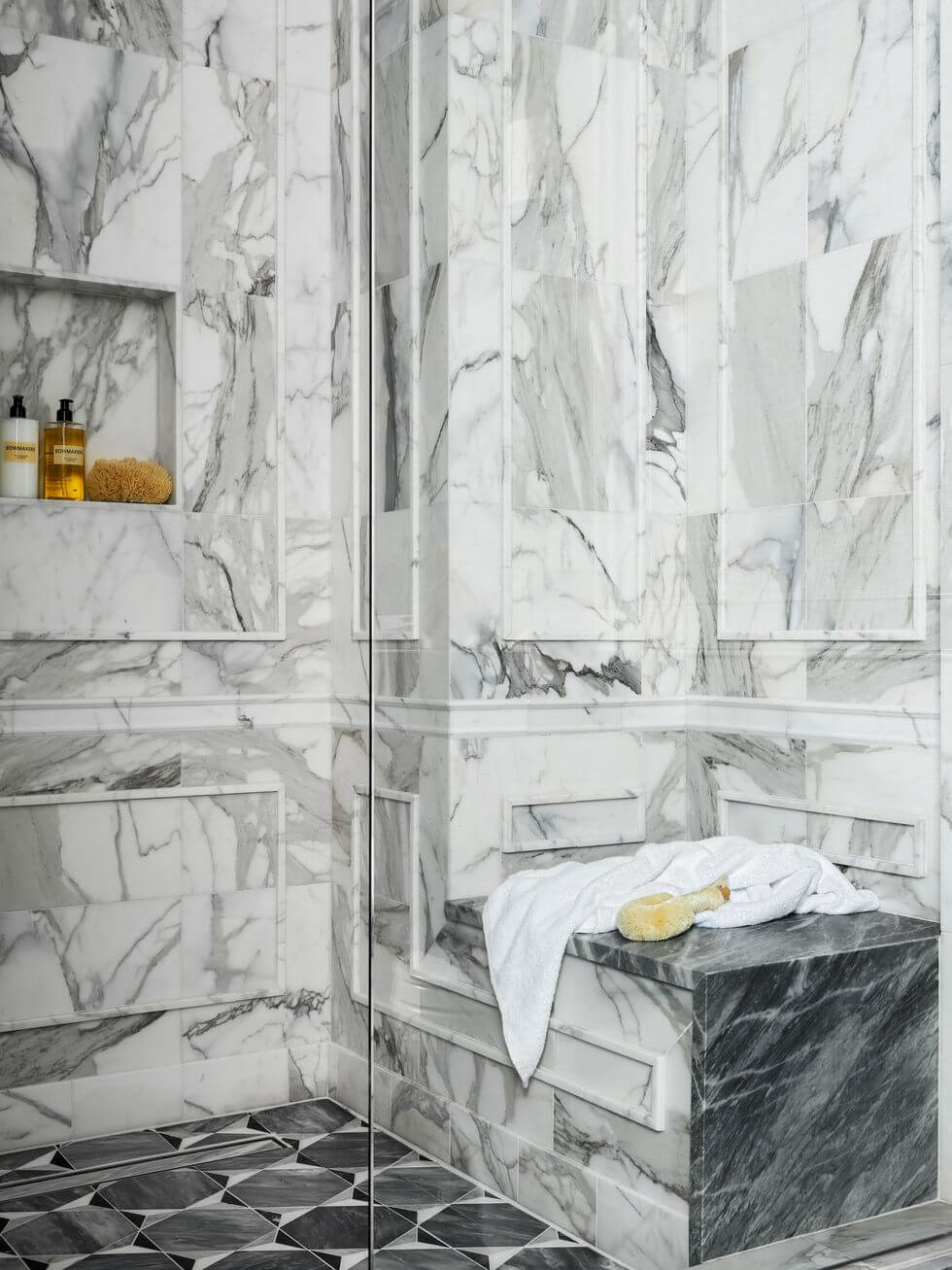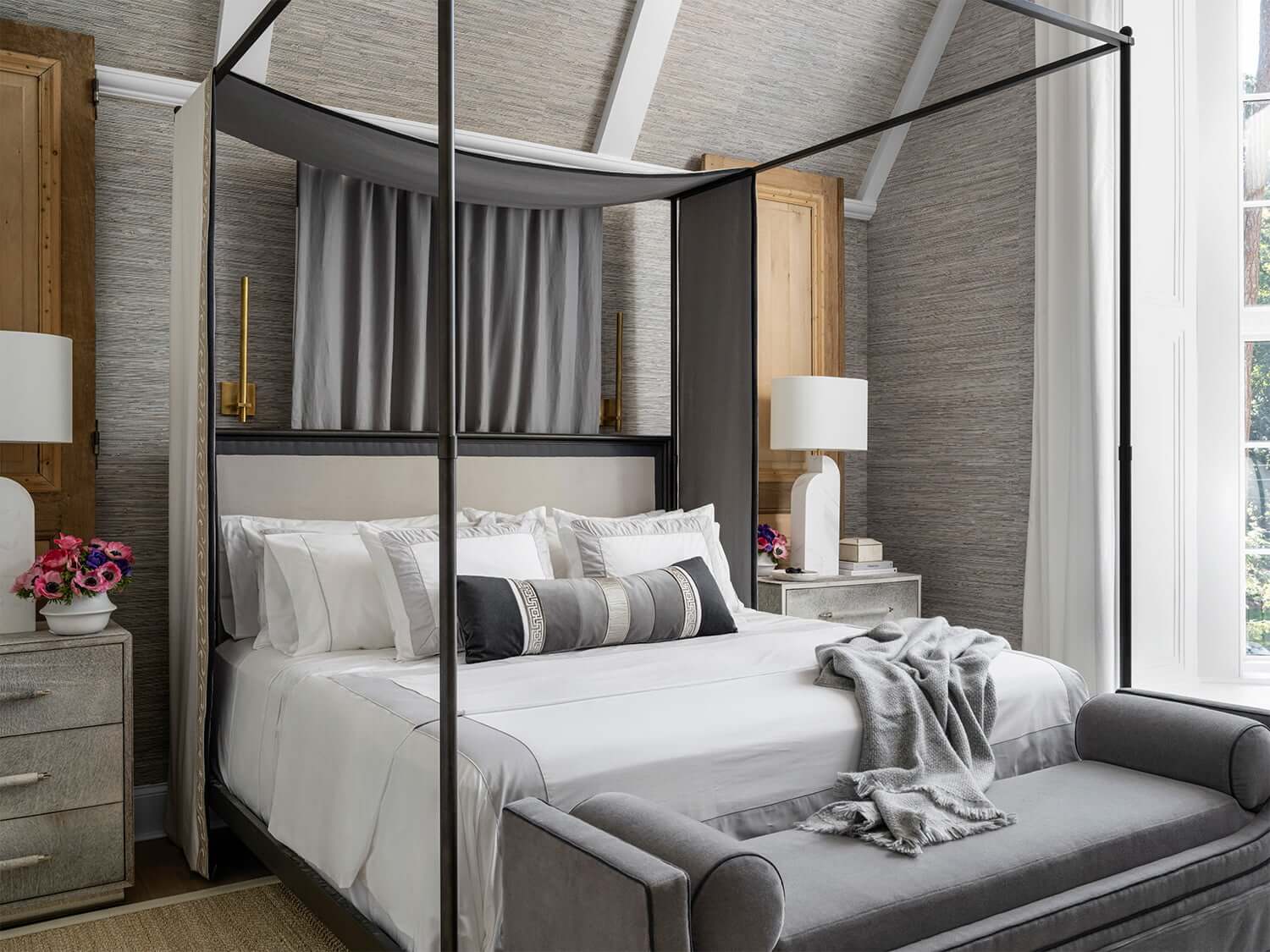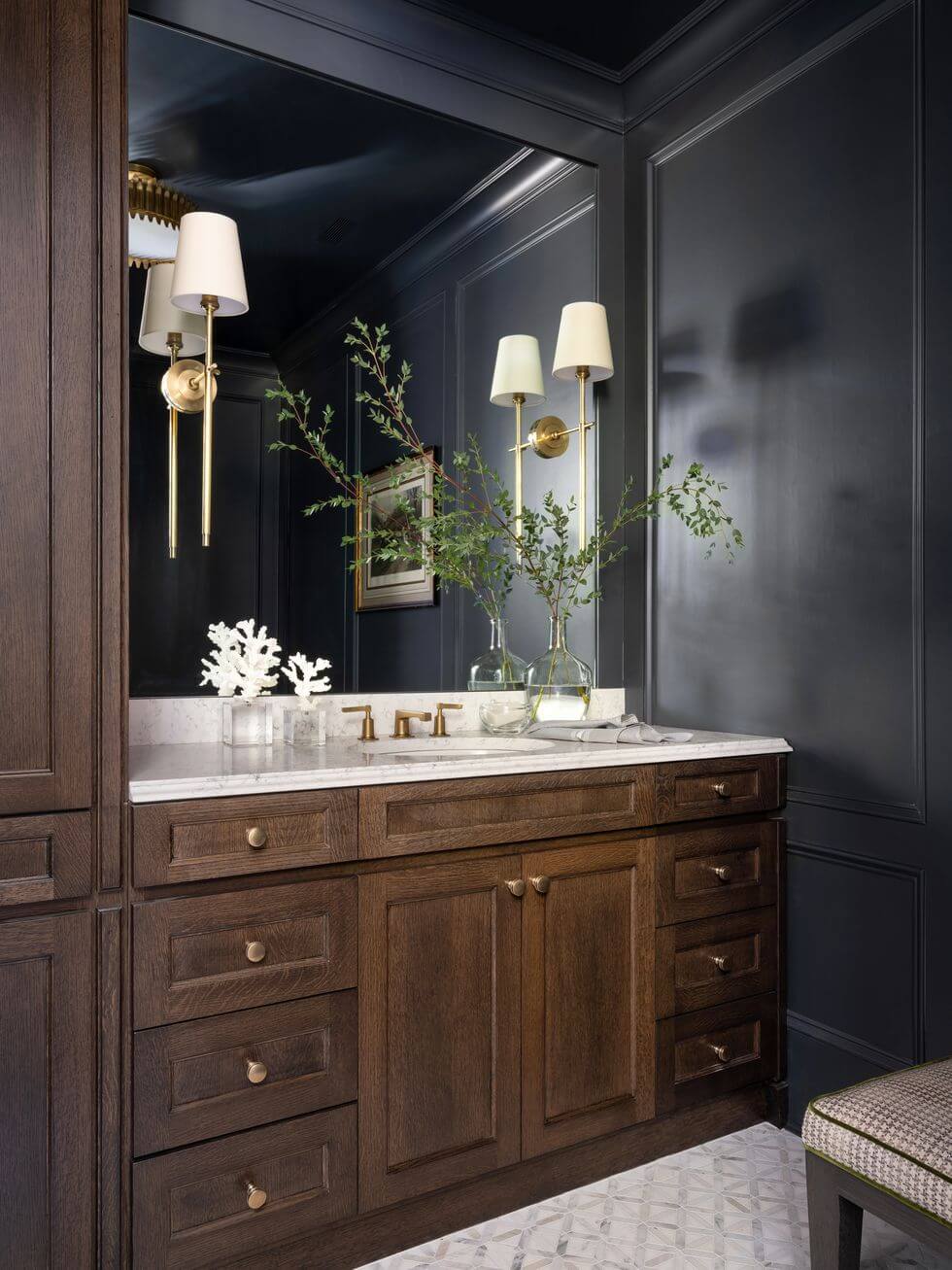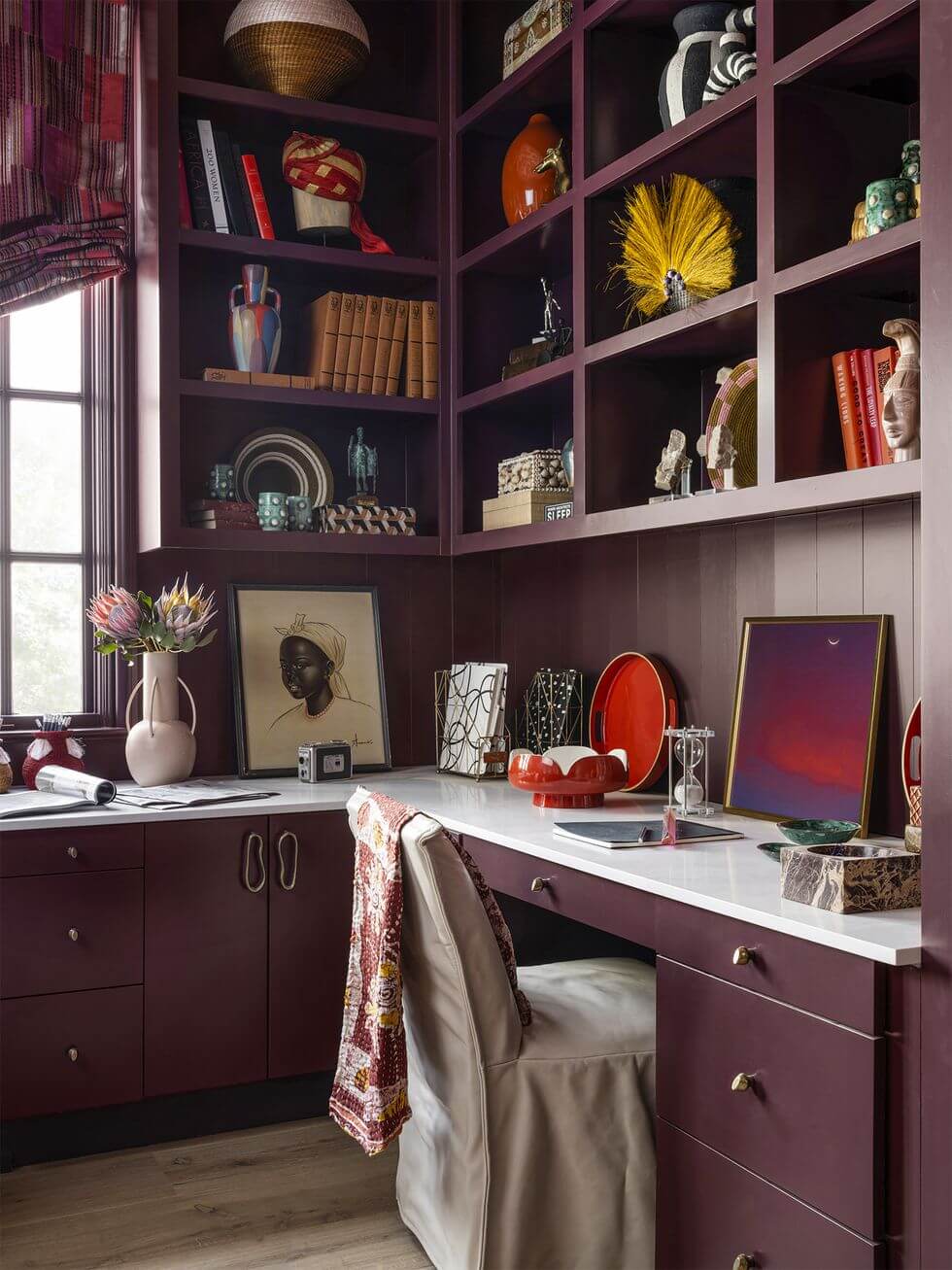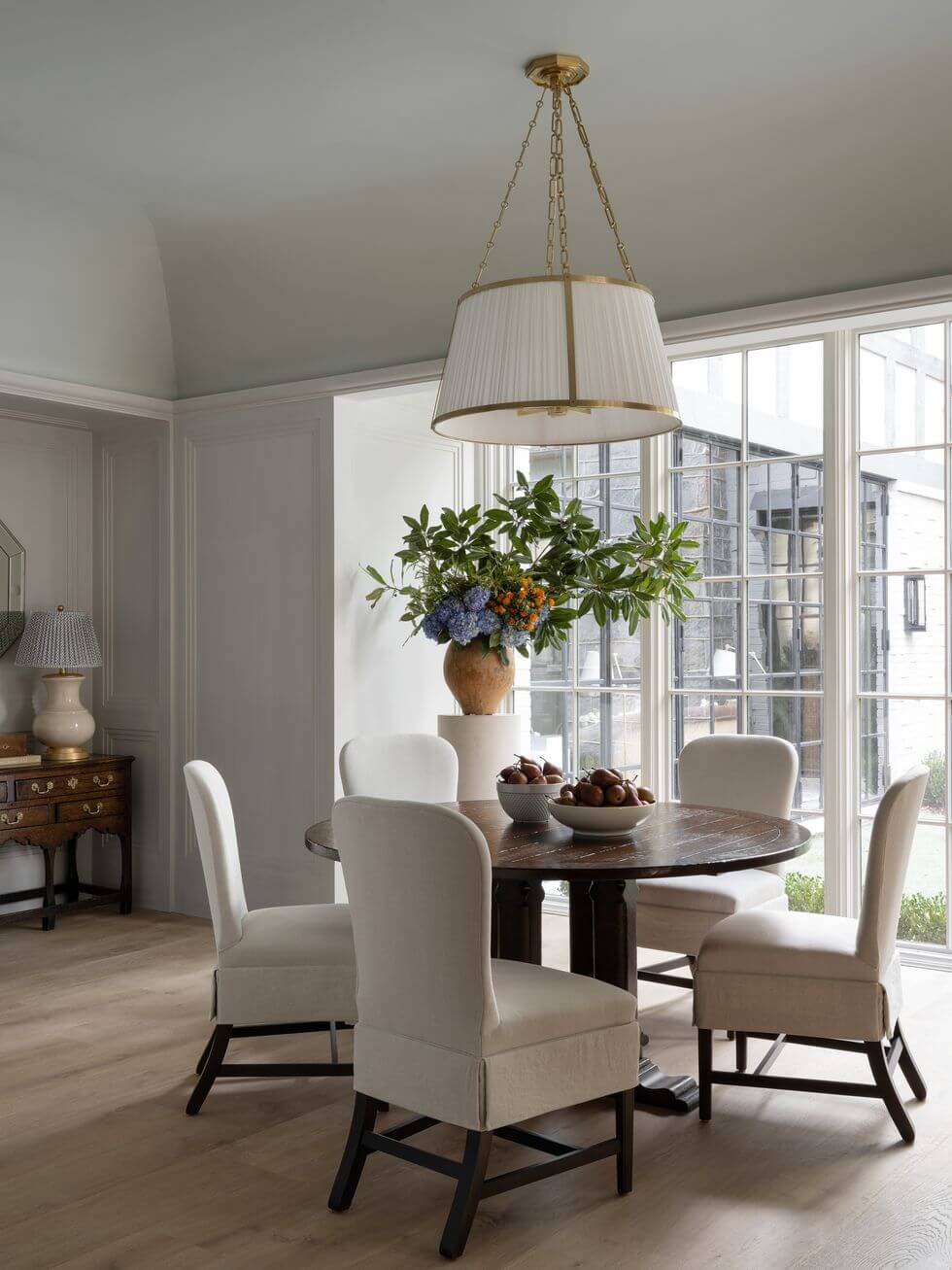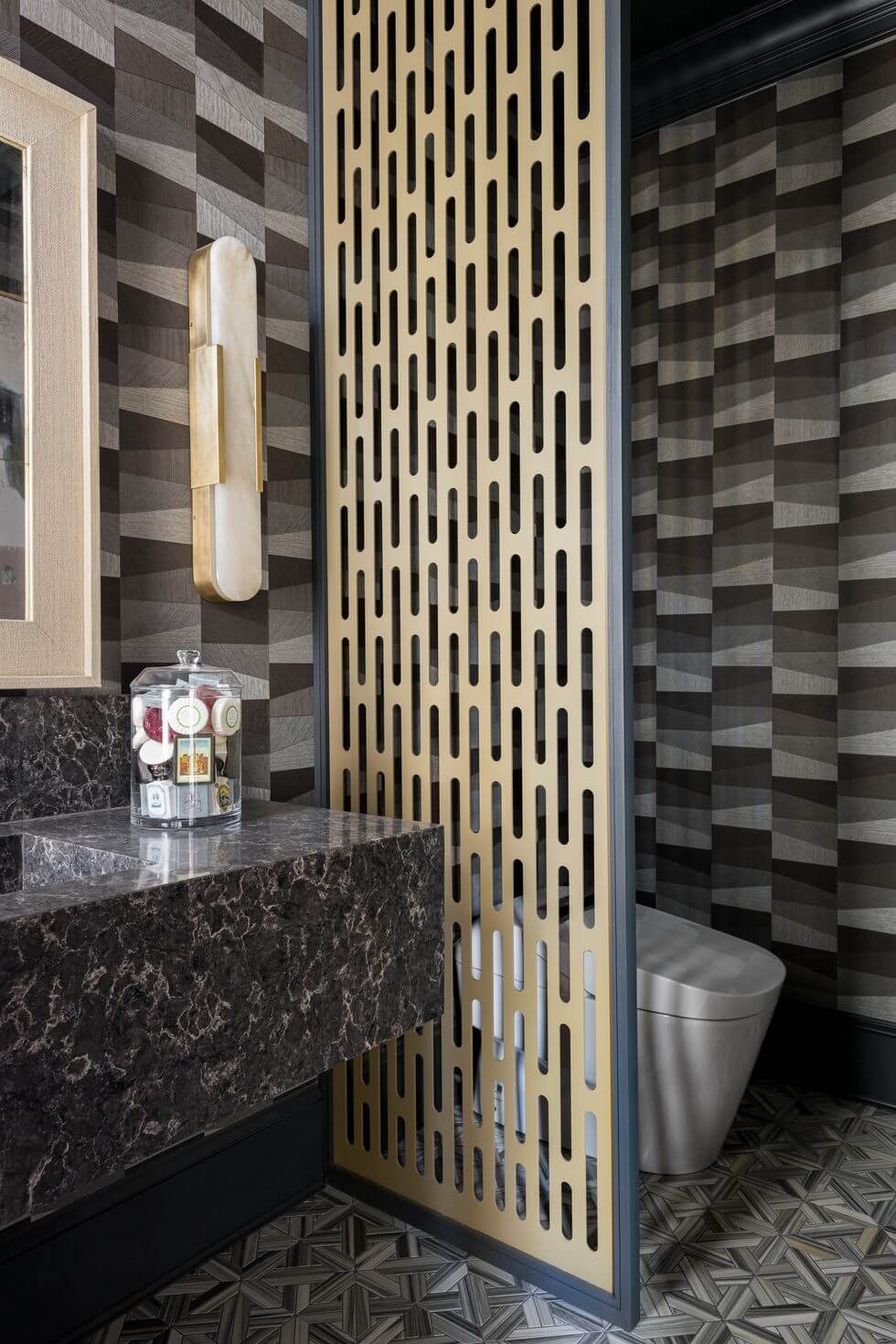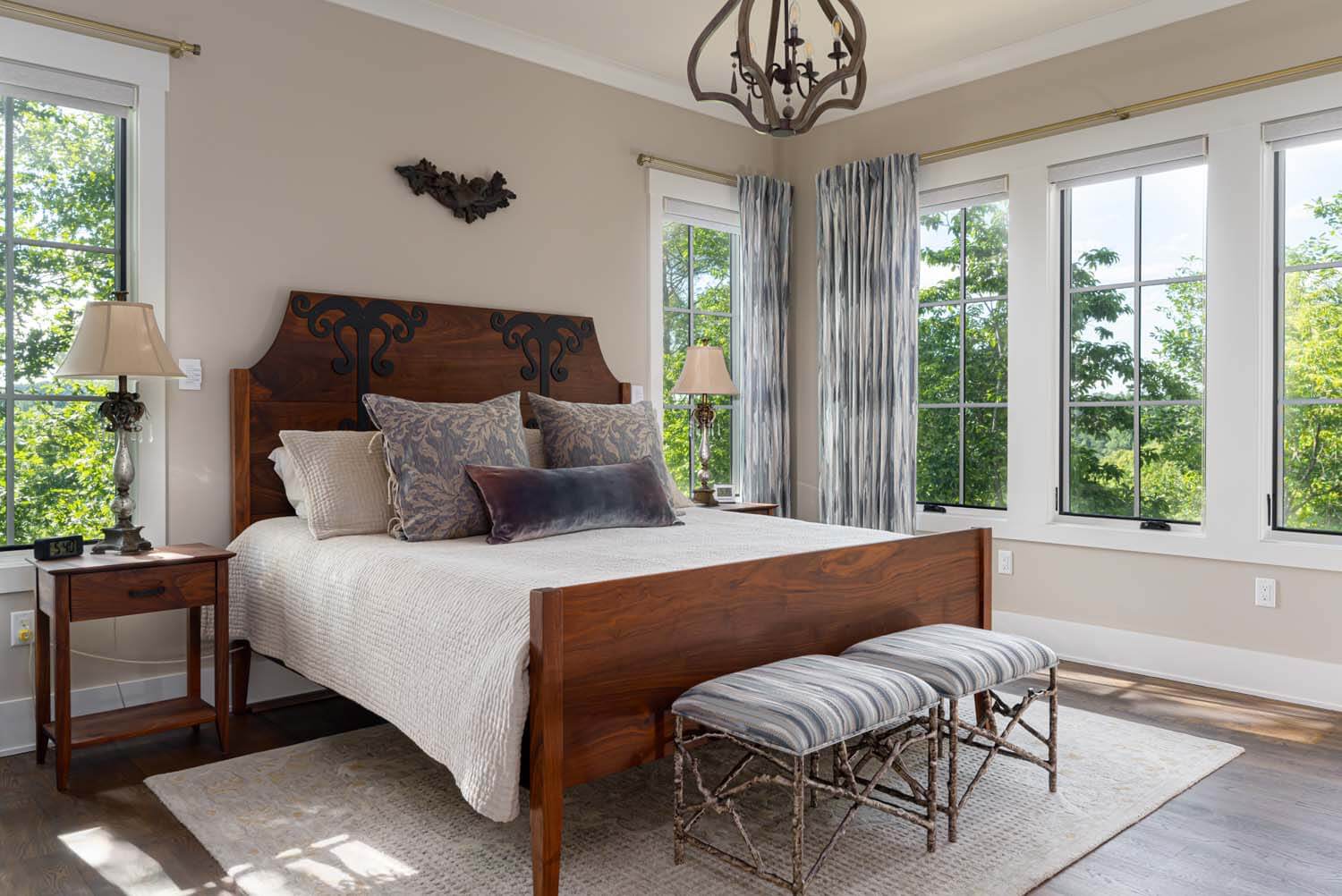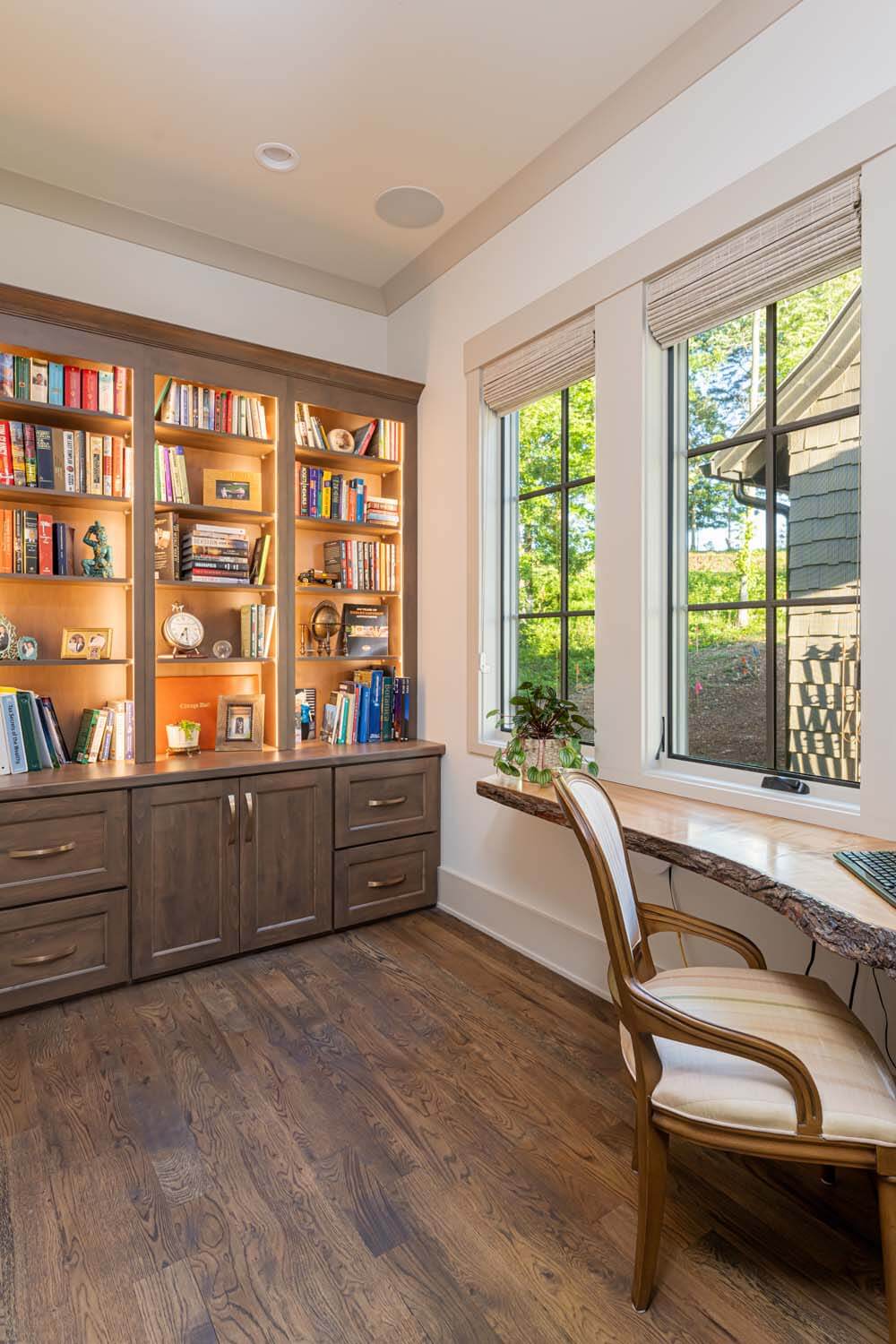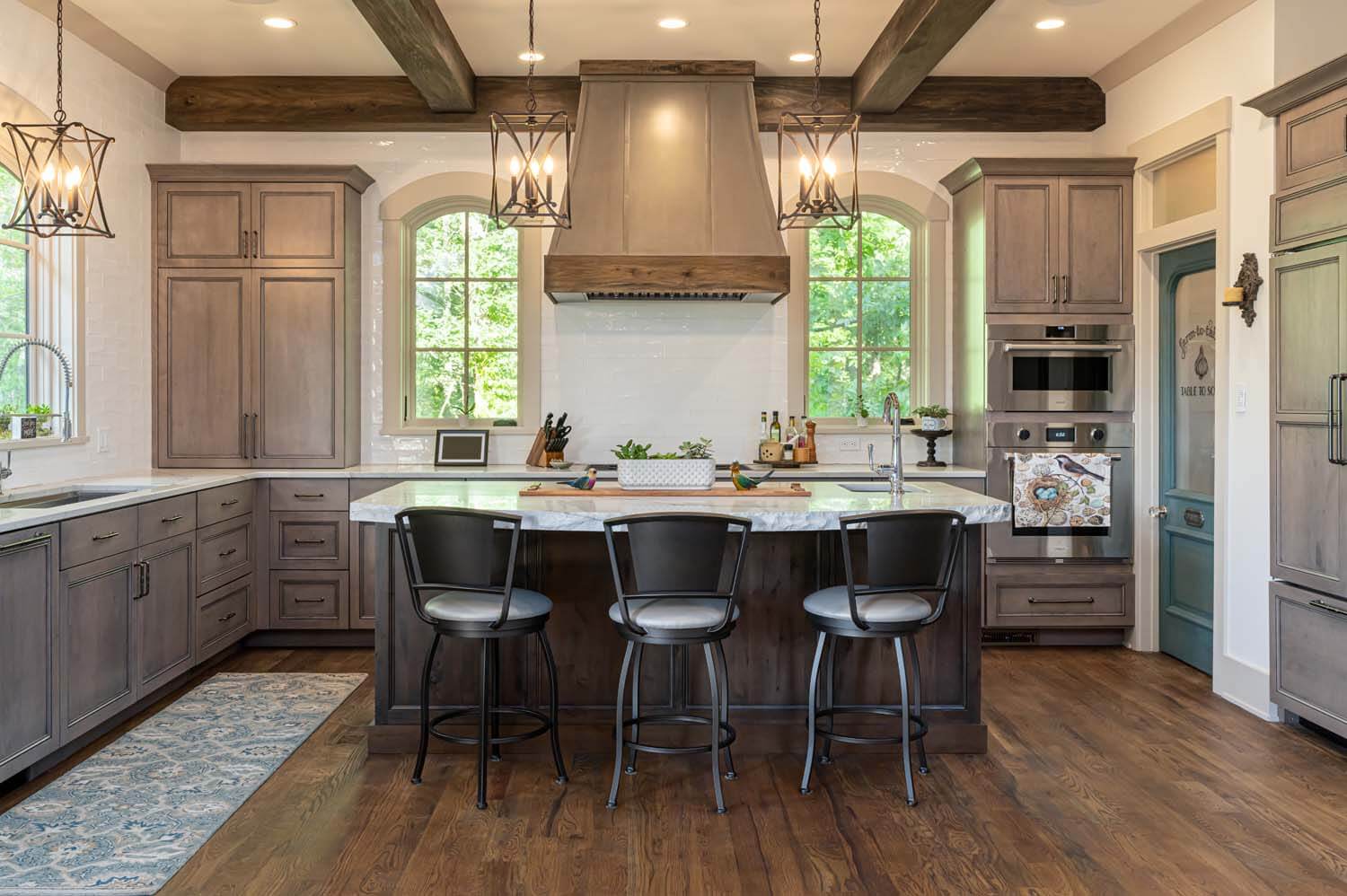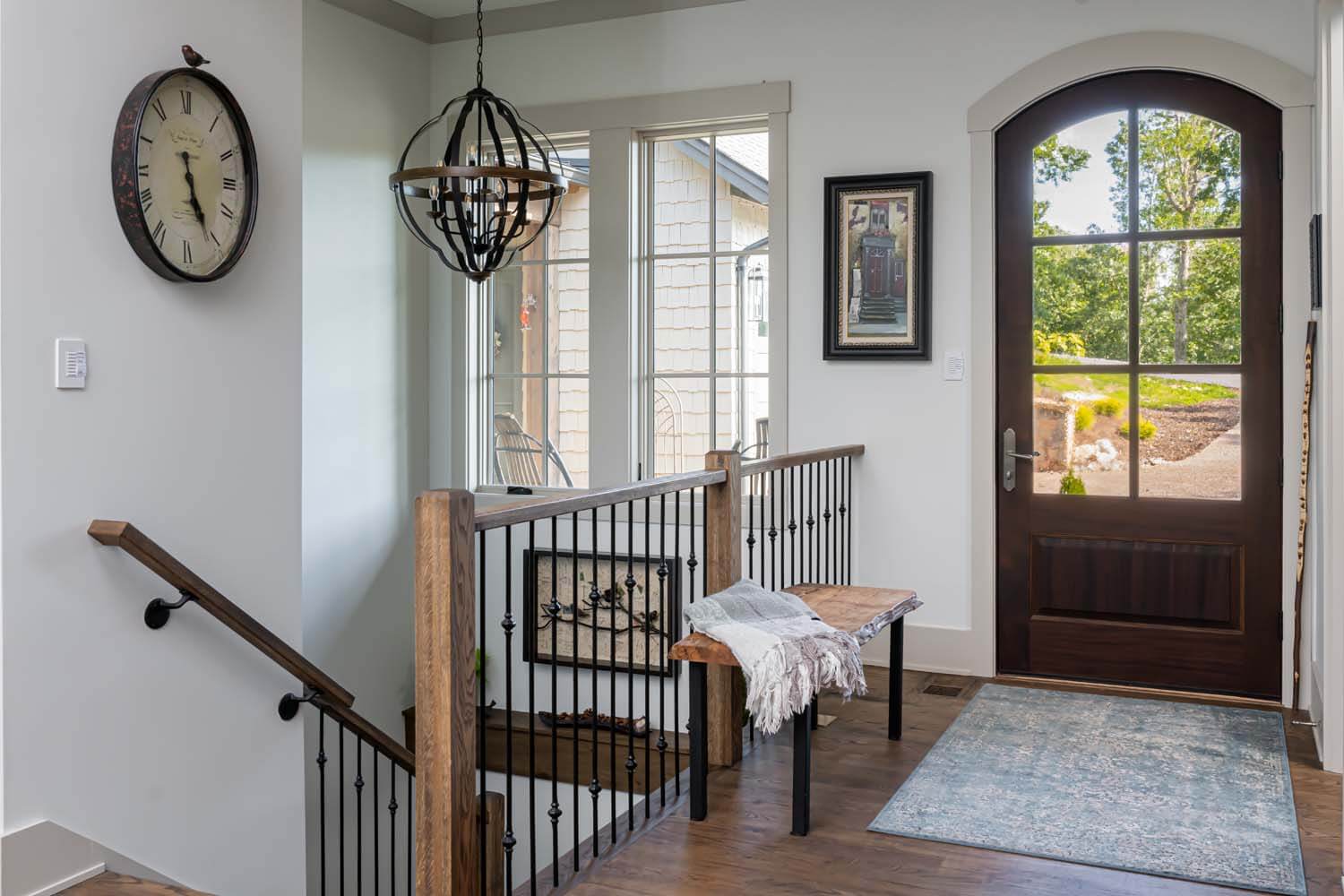
Wellness Within Your Walls’ Healthy Living System provides a holistic, 10-step approach to health and wellness in living environments. As many of us move our work space into our home, the Healthy Living System serves as a road map to thoughtful and responsible choices to increase the health and wellness of household spaces as they become full-time work, education and play spaces.
![]()
Clean Air – Americans already spend 90% of their time indoors. Much, if not all, of that time may increasingly be in the home, as many transition to working from home and studying online. Indoor air can be significantly more polluted and harmful than outdoor air. Proper filter selection (based on appropriate MERV rating for inhabitants and conditions; MERV 13 or higher is recommended) and replacement (every 6-12 months, at least) become extremely important. Effects of dust mites, pollen and pet dander will likely multiply, realizing that office environments are typically cleaned daily, as opposed to homes.
![]()
Clean Water – Who knew the proverbial “office water cooler” would turn out to be something so missed! As we turn to home-work environments, we will not only miss socializing around the water cooler, but also the purified water it dispenses. The water we consume plays a vital role in maintaining a healthy mind and body. With over 300 chemicals of concern identified in American municipal water sources, purifying home tap water with a filtration device becomes vital. Point-of-service, under-sink devices are inexpensive and relatively easy to install. In addition, it’s important to frequently wash hands for 20 seconds with soap and hot water throughout the day.
![]()
Natural Light – Millennials are experts at living close and socializing often. But, working, eating, playing and sleeping in confined spaces with roommates and family members means we all will rely on the good works of sunlight even more than ever. Exposure to natural light provides the body with vitamin D, lifts moods, improves concentration, aids sleep, reduces signs of dementia and improves overall health. Open the window coverings! Get outside! Routinely take breaks, even if it’s just to stretch outdoors.
![]()
Chemical Control – Health hazards come in all sizes, shapes and colors. We are aware of the necessity to kill infectious germs – which generally can live for days after being deposited – to keep surfaces clean and disinfected to lessen the spread of disease. However, as we increase sanitizing efforts in densely populated, poorly ventilated, confined spaces – like homes – we need to be mindful of the hazards produced by the cleaning agents themselves. Pay close attention to product directions and warnings. Many require the use of protective gear like gloves, masks and eyewear. Never mix cleaners or disinfectants unless the labels specifically indicate that it is safe to do so. This includes wipes that contain bleach. Be cautious – wear gloves and a mask with repeated use! Refer to the CDC’s alcohol percentage guidelines required for disinfecting. Botanical recipes, paired with these guidelines, are equally as effective in disinfecting surfaces.
![]()
Physical Wellness – When we are confined to limited spaces, we tend to limit our activities. Proper care of our bodies through physical activity as well as exercise becomes more important so that we maintain flexibility, cardiovascular endurance and muscle strength and tone. If working from home, think about your desk chair. If you have an orthopedic chair at work for spine and skeletal support, maybe your home office needs one too? Exercise in nature – walk the dog, ride a bike or take a hike. During inclement weather, walking or running interior staircases can be invigorating.
![]()
Spiritual Wellness – Creating spaces in the home where everyone can unplug, read, meditate and rest supports the expression of spirituality. When you are sharing space all day long, it can be difficult to find time to yourself. Create routines and schedules that give each person time to decompress in a desired space. Find a yoga or meditation routine that focuses your mind to achieve a mentally clear and emotionally calm and stable state. Be aware of electromagnetic fields (EMFs) with increased use of cell phones – use the speaker function whenever possible. Also, unplug from computers regularly to avoid EMFs.
![]()
Mental Wellness – Positive, safe and healthy home environments are important elements in promoting a sense of well-being. It is essential to have a plan in place when you share spaces for extended periods of time and for multiple uses – like when your living room serves as both a school room and an office for a conference call.
![]()
Conscious Consumption – As you prepare for extended stays at home, be mindful of shared resources. It is vital that we not waste food and other resources, such as paper products. A community-minded attitude will benefit everyone. Calling in orders at the grocery store and pharmacy helps reduce cross-contamination during flu and cold season.
![]()
Food Science – A change in your physical routine can impact your food intake, too. Make sure to watch your calorie count, as your food selection and activity levels change. Maintain a well-balanced, heart-healthy diet, being careful not to increase snacking on nutrition-less foods. Look for super foods and supplements to boost your immune system.
![]()
Behavioral Strategies – Rules may change for social interaction, but isolation should be avoided, unless medically required. Follow guidelines for social distancing, including canceling large gatherings. Exercise proper hygiene by washing your hands thoroughly and wear a mask or bandana, as needed.


